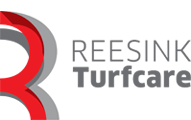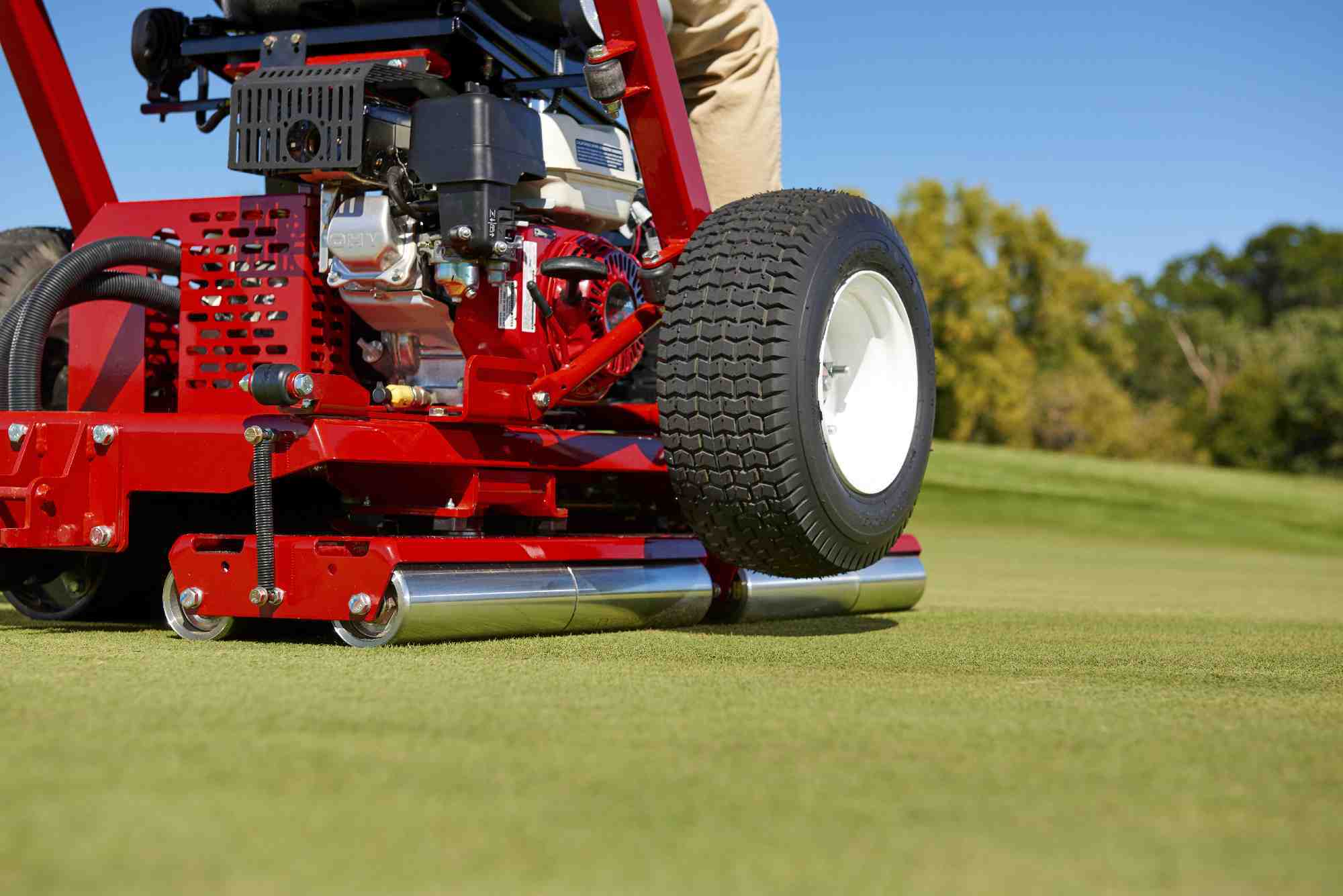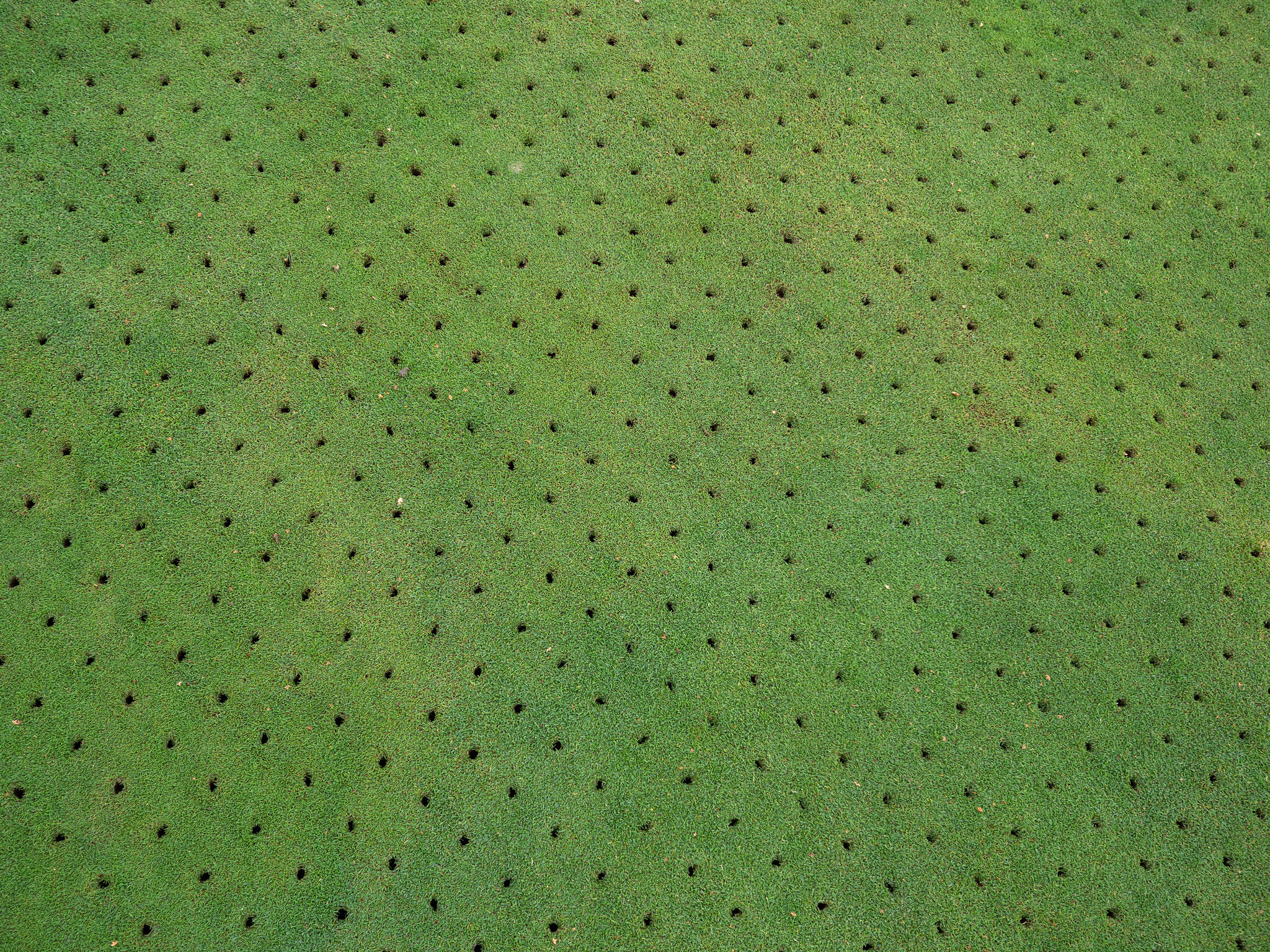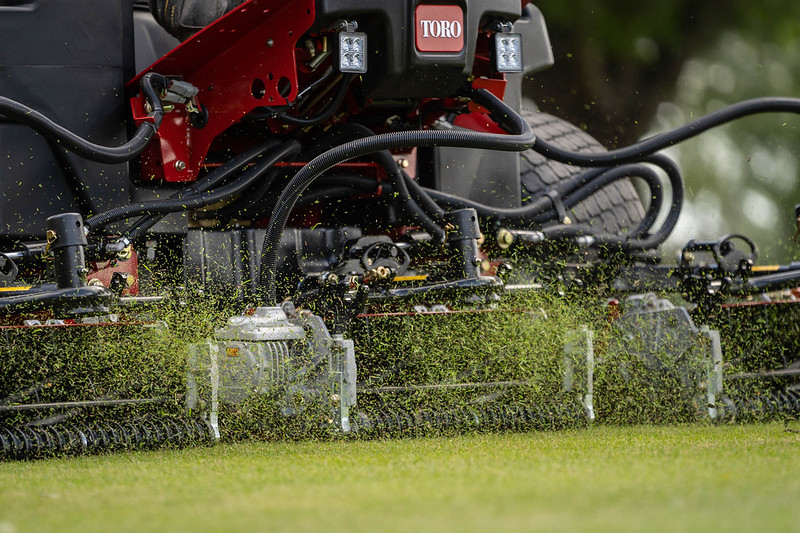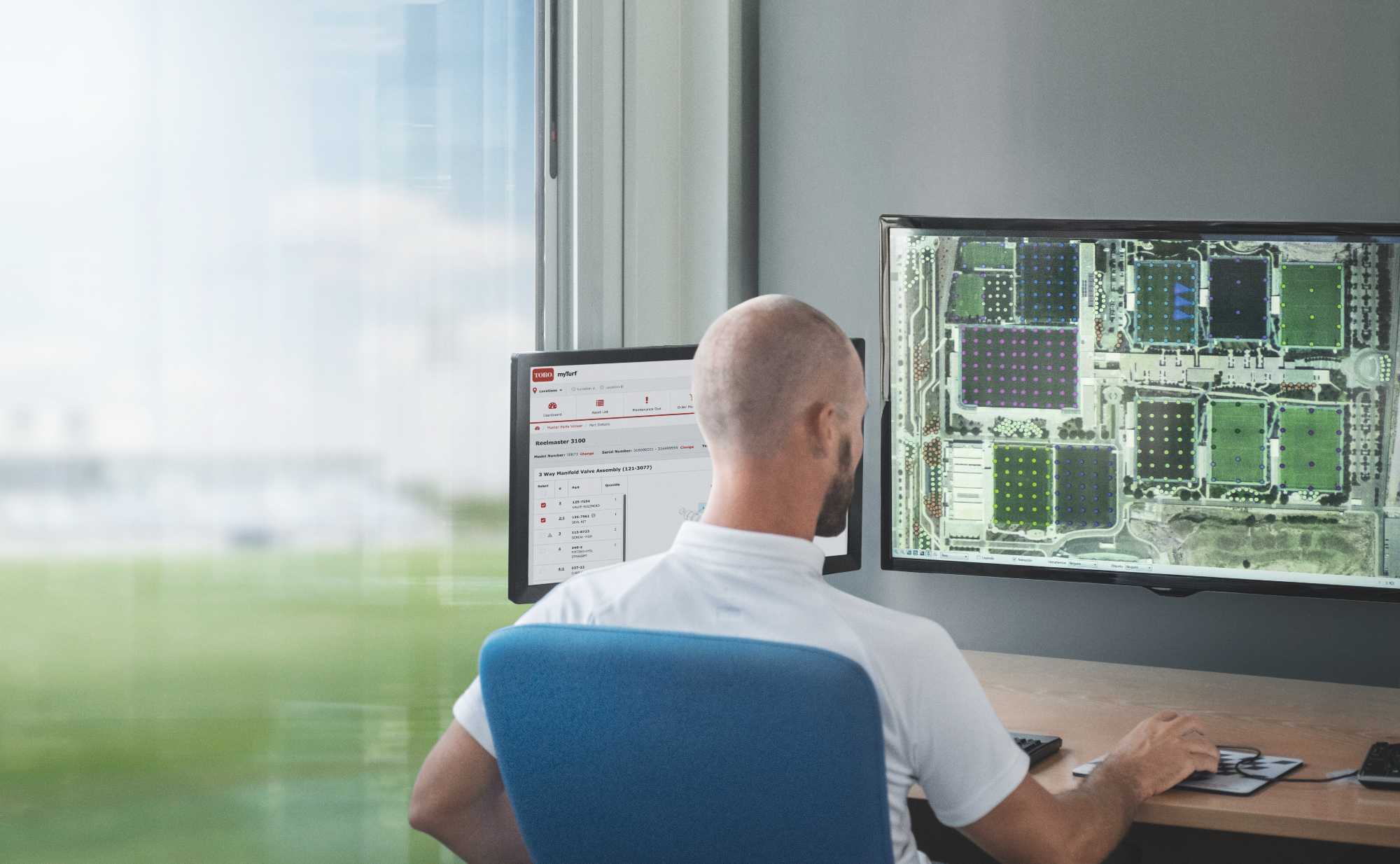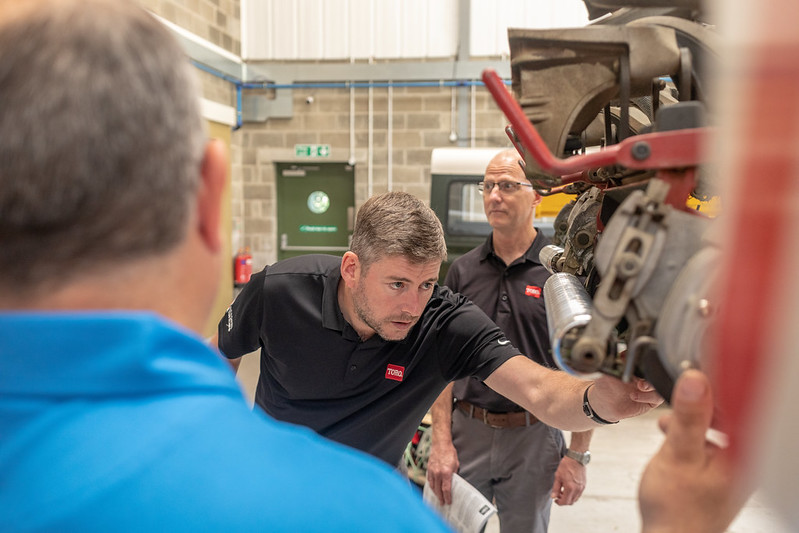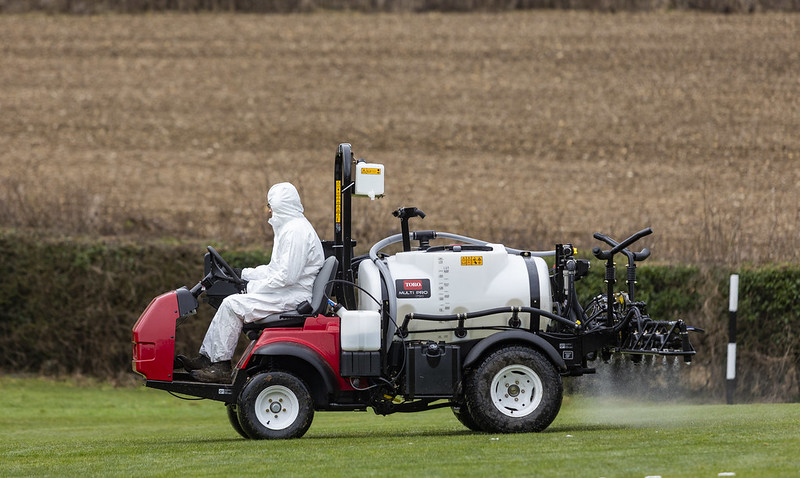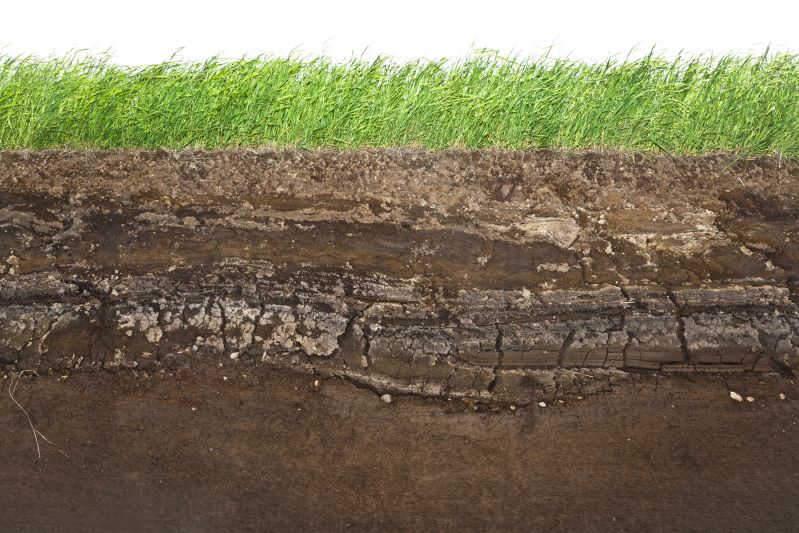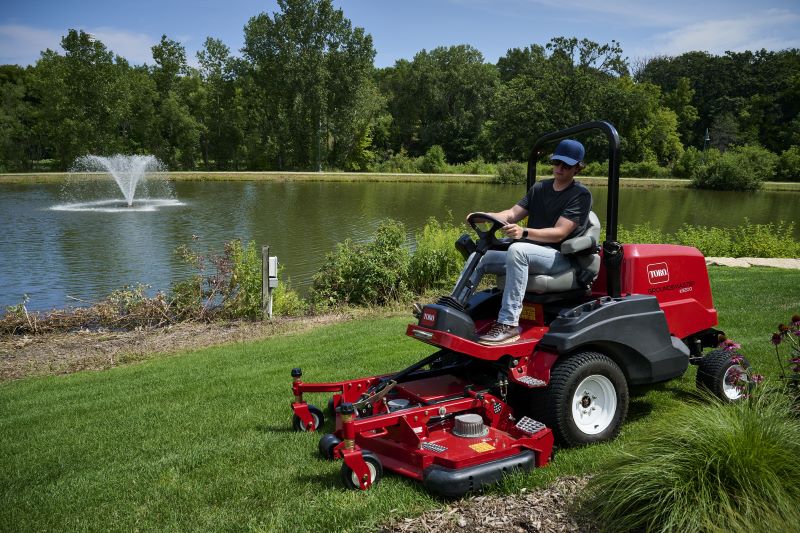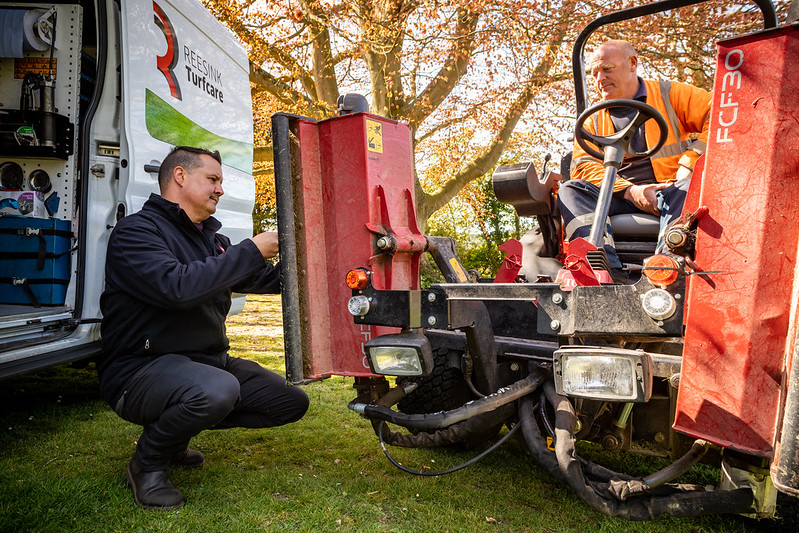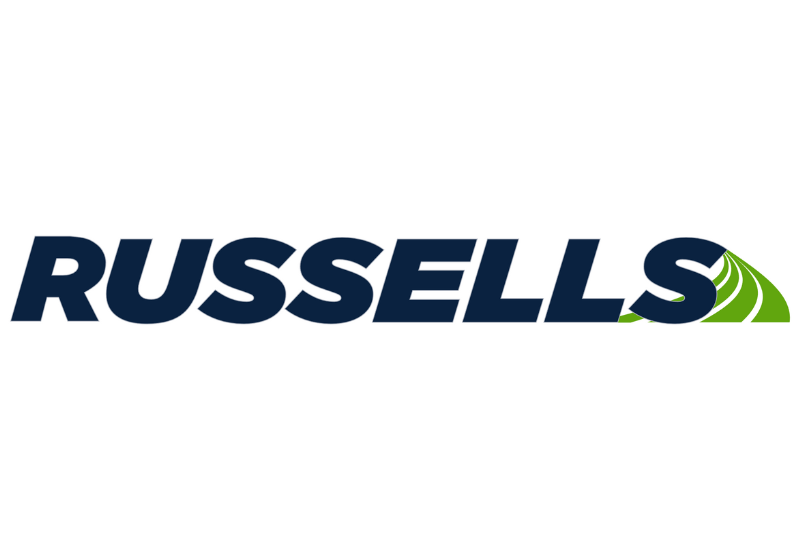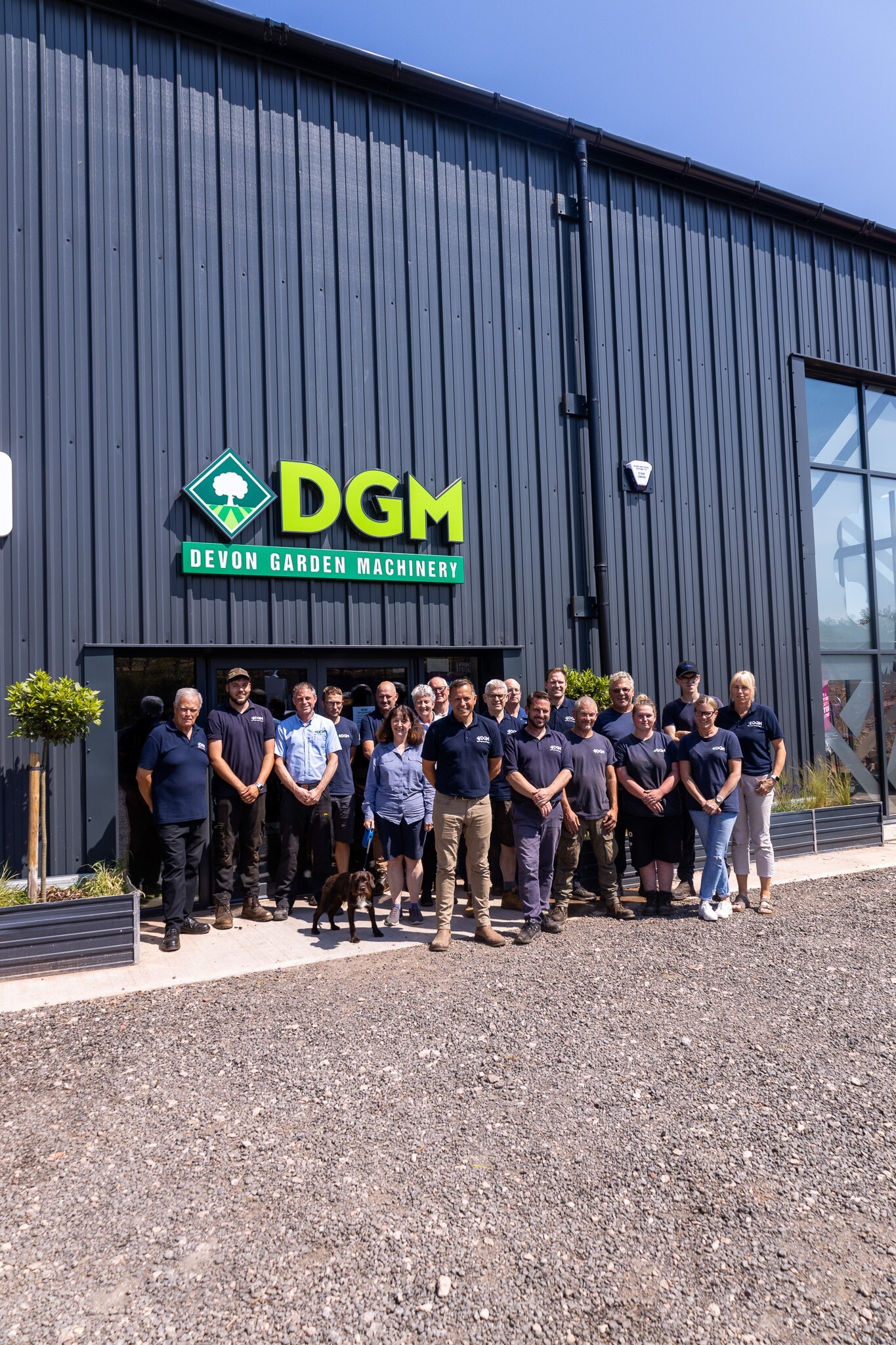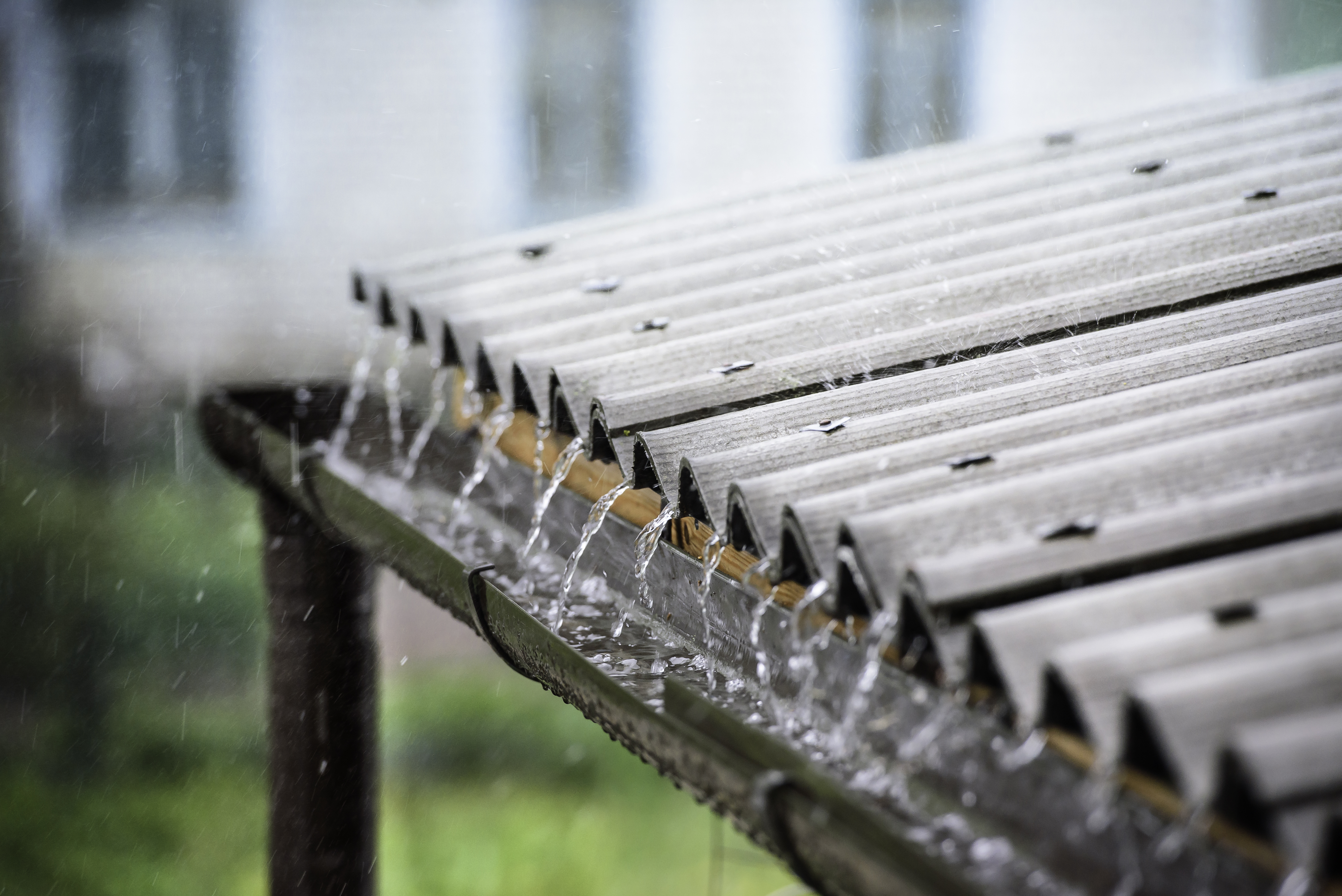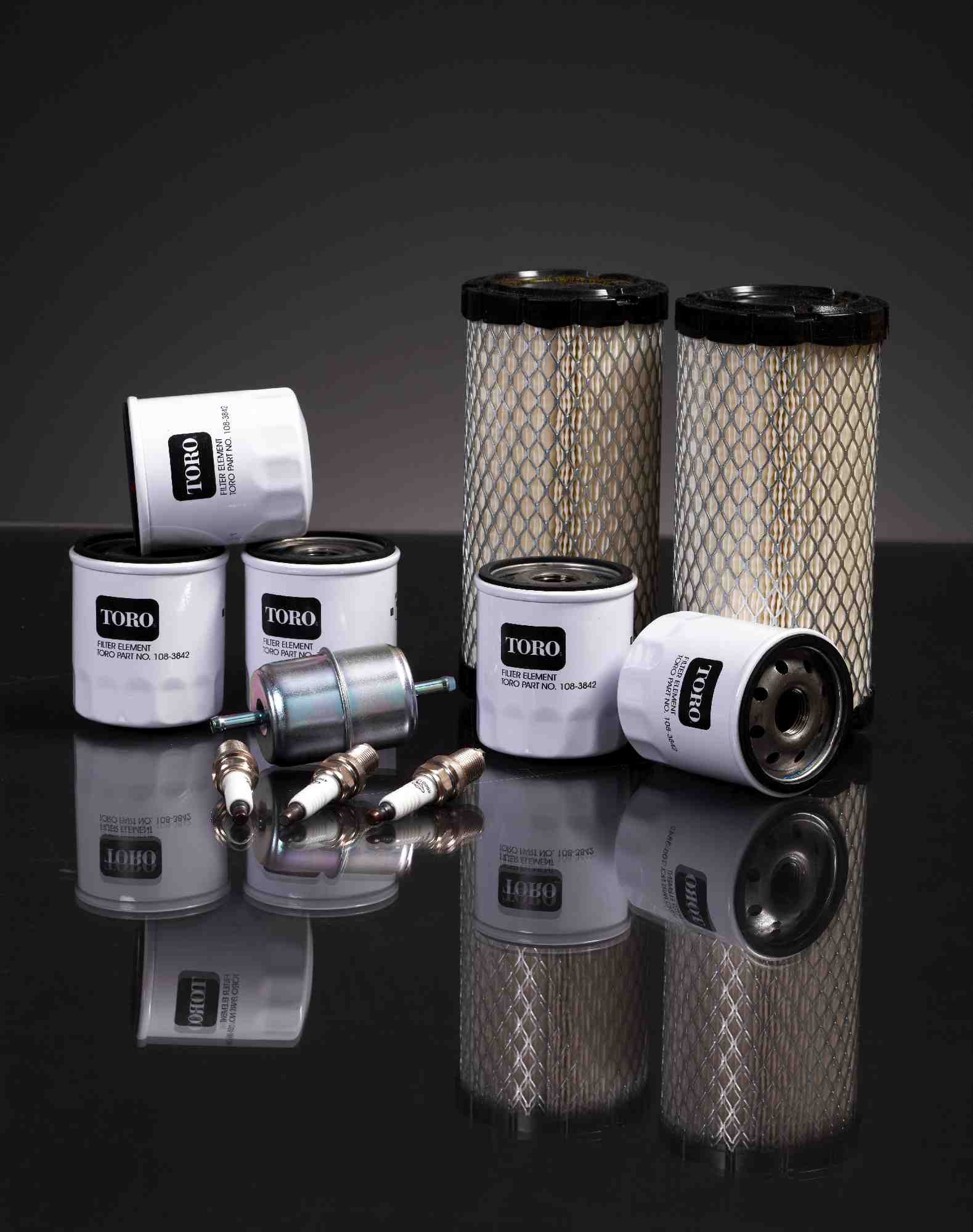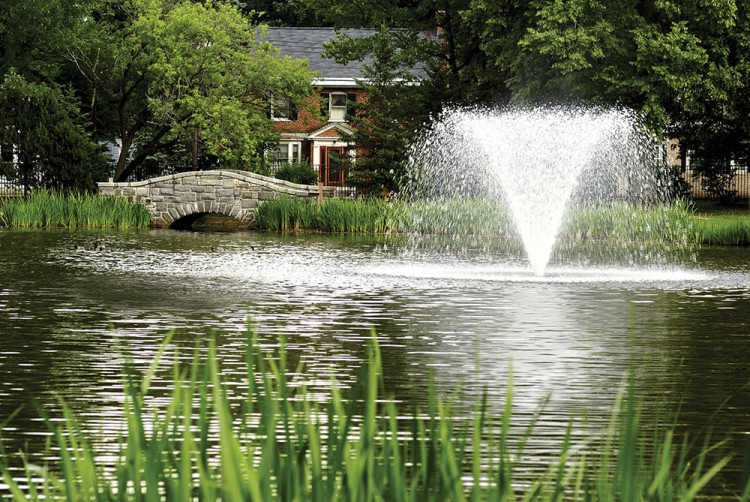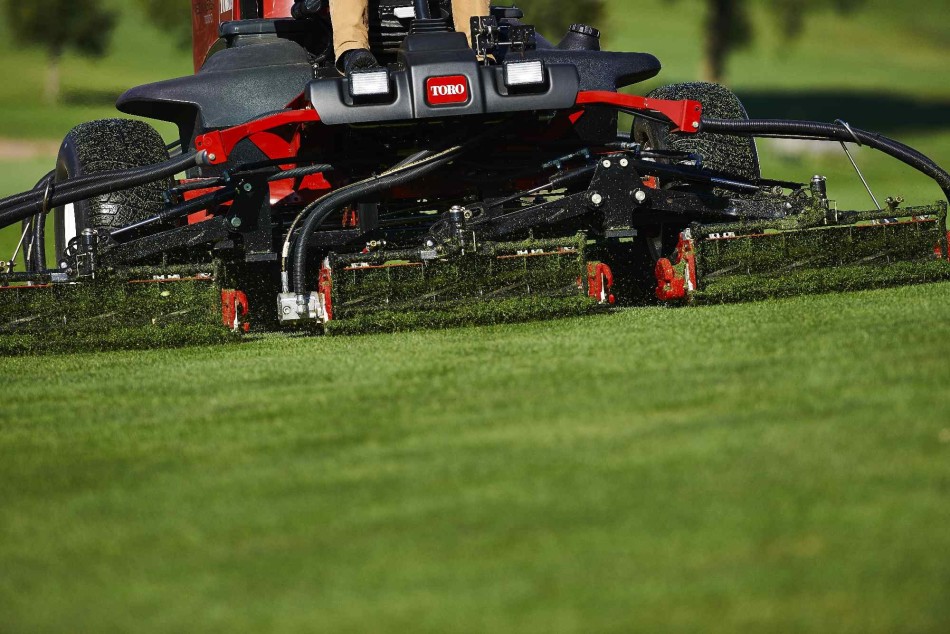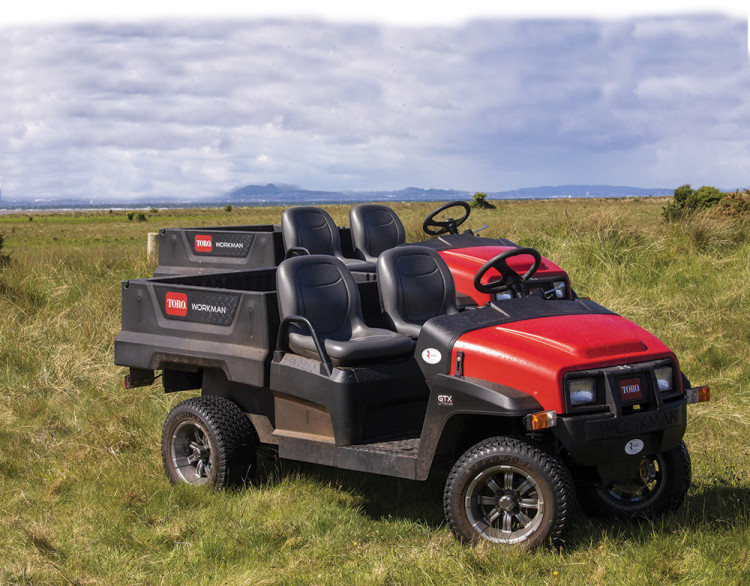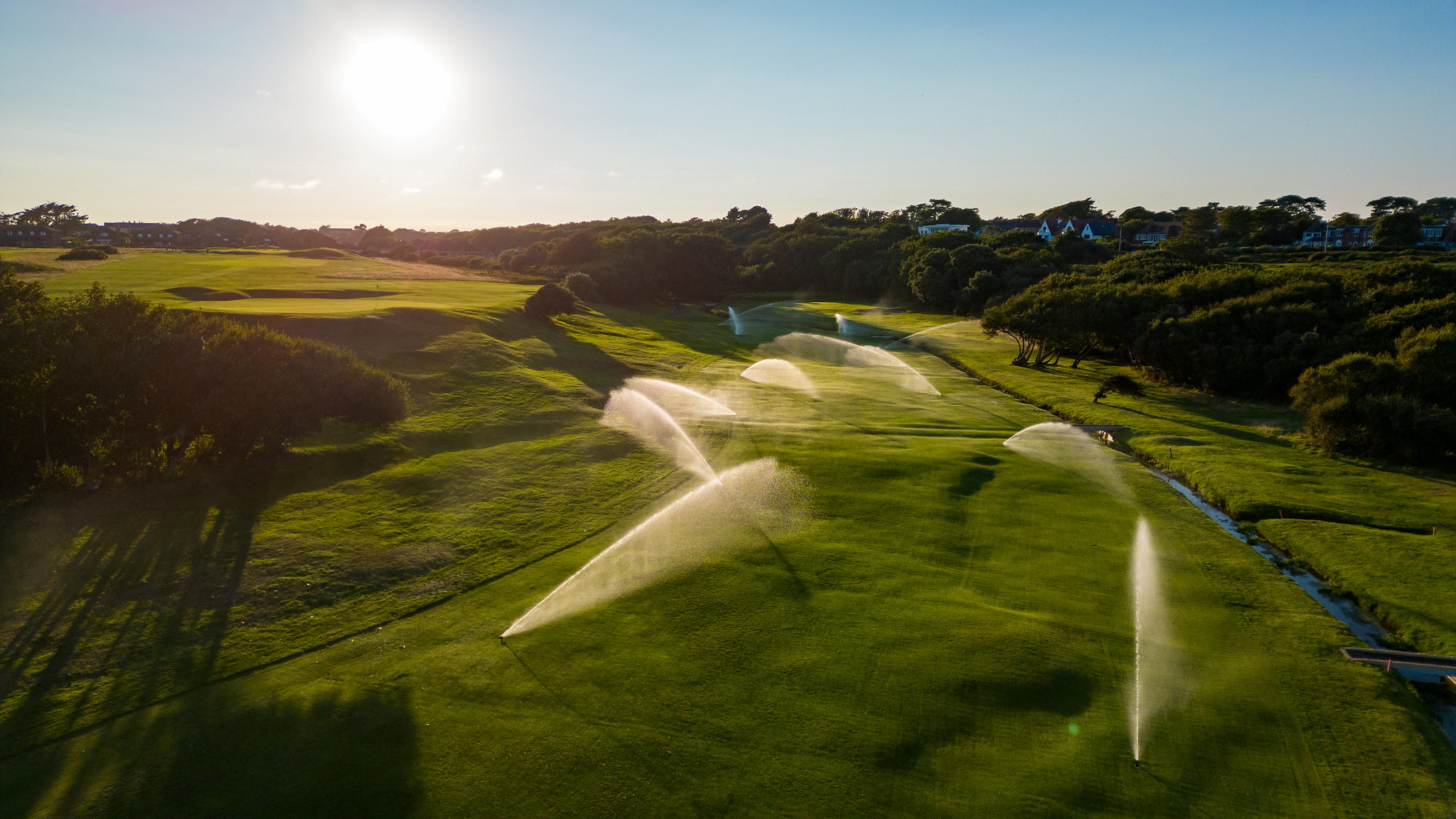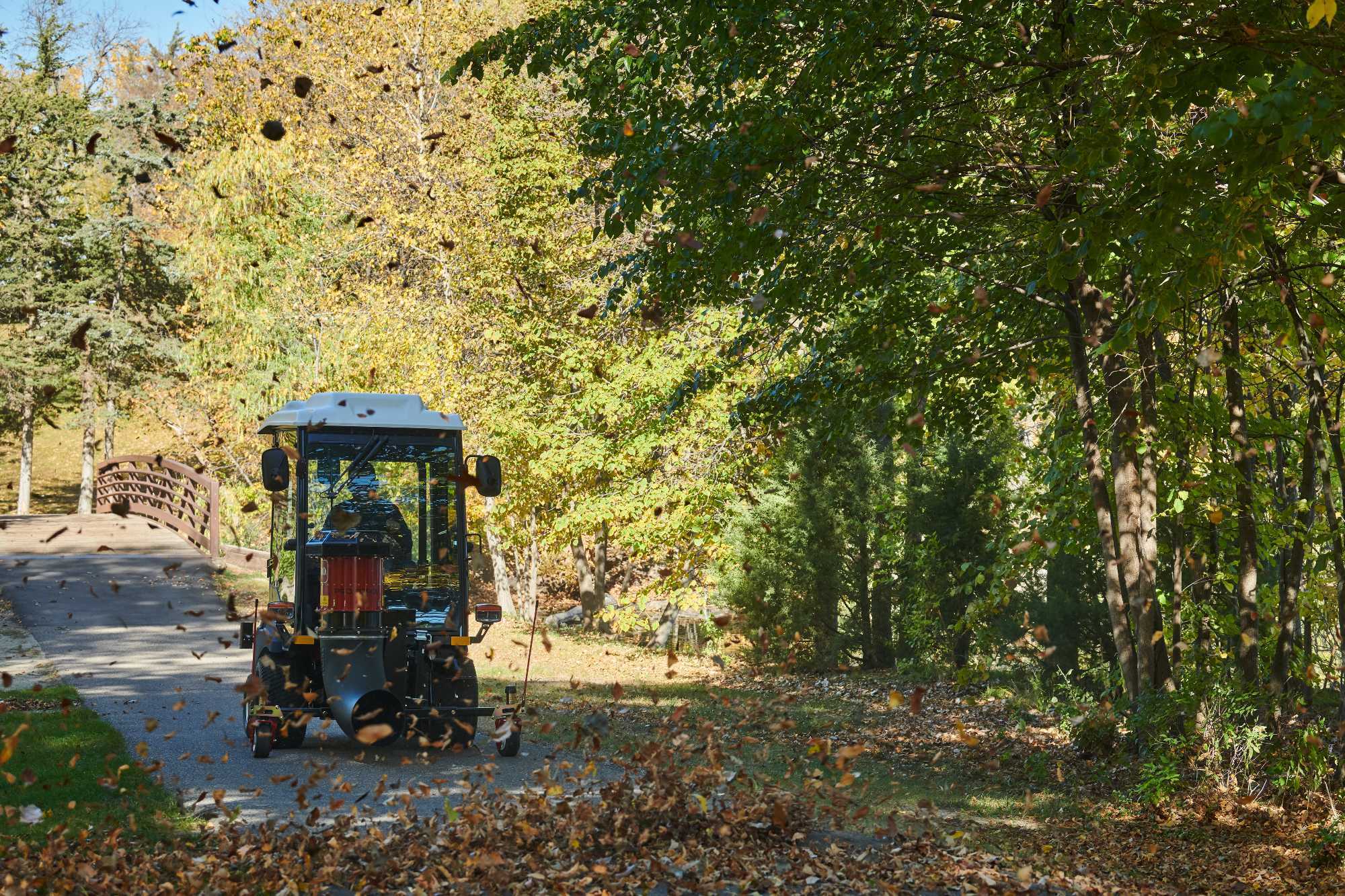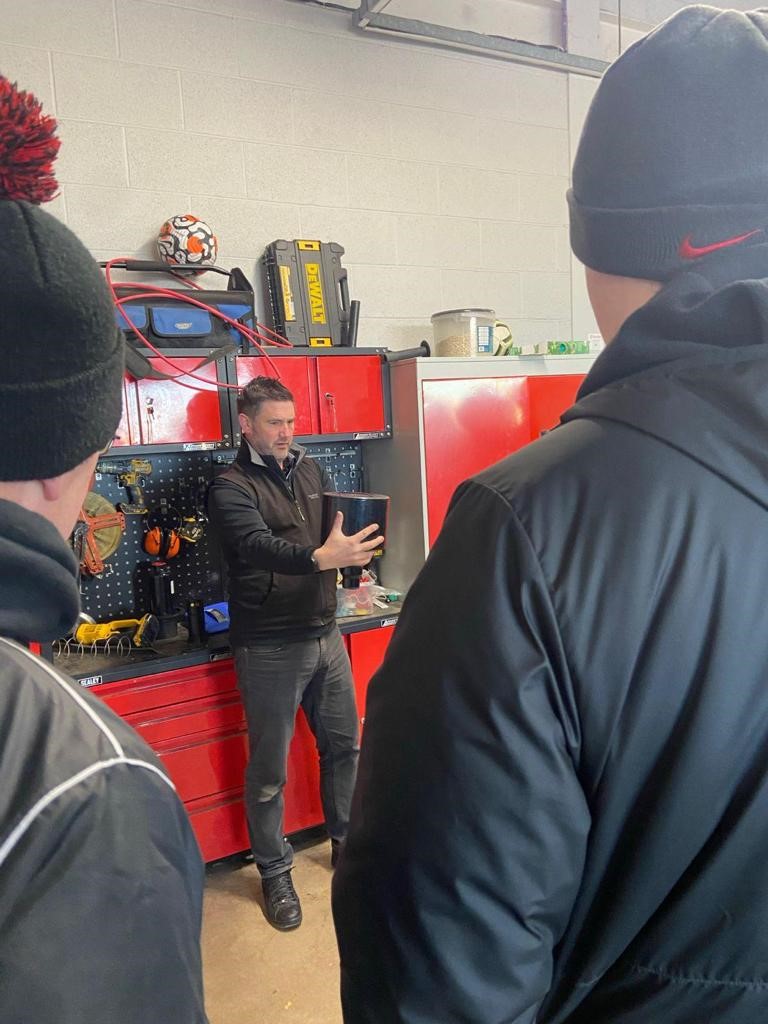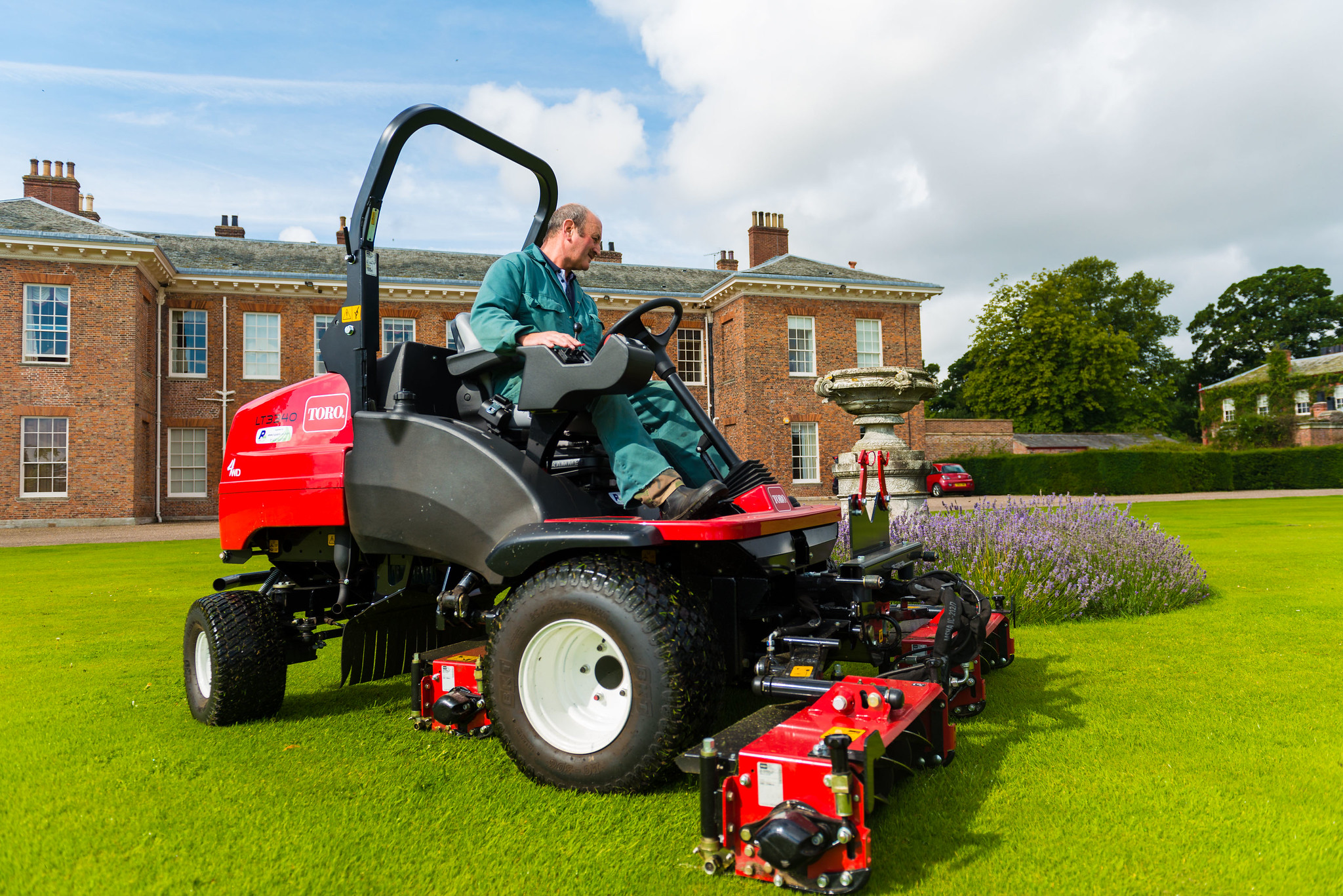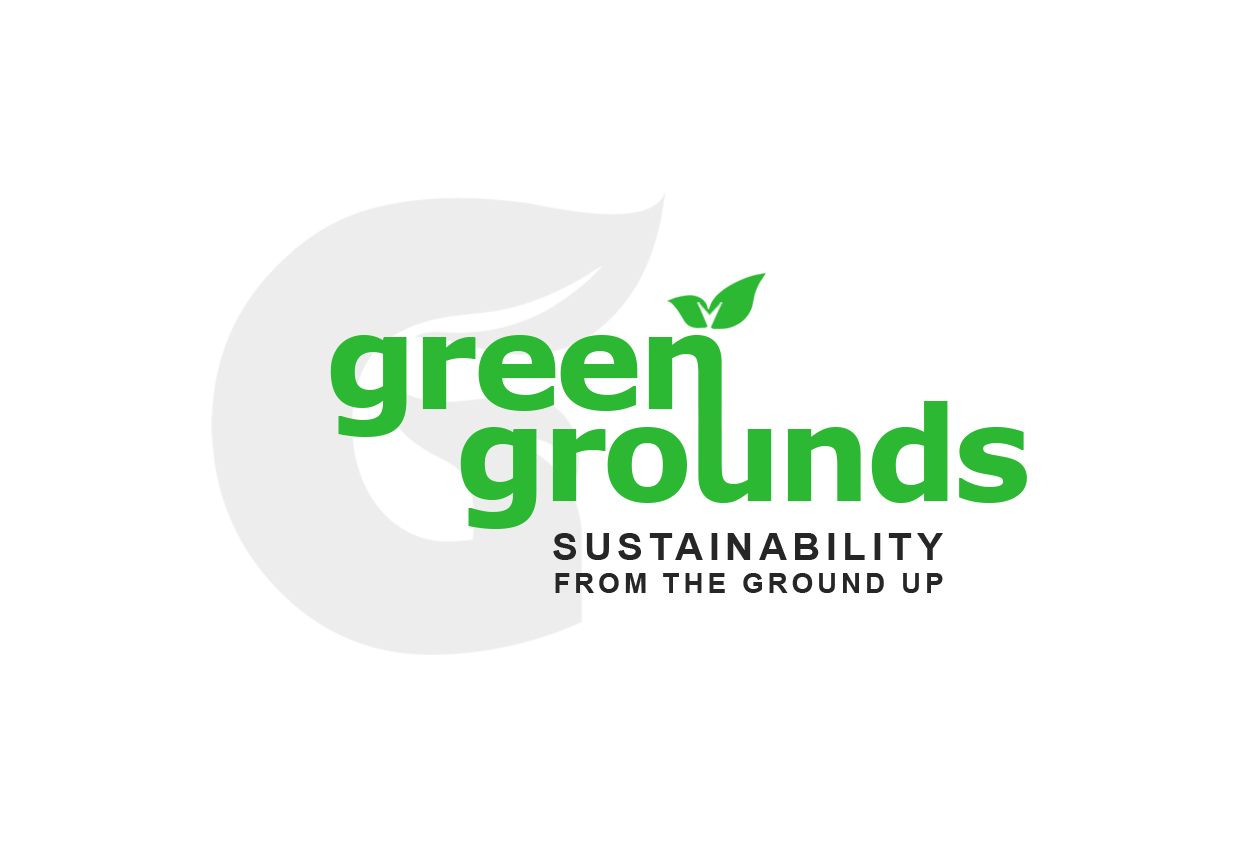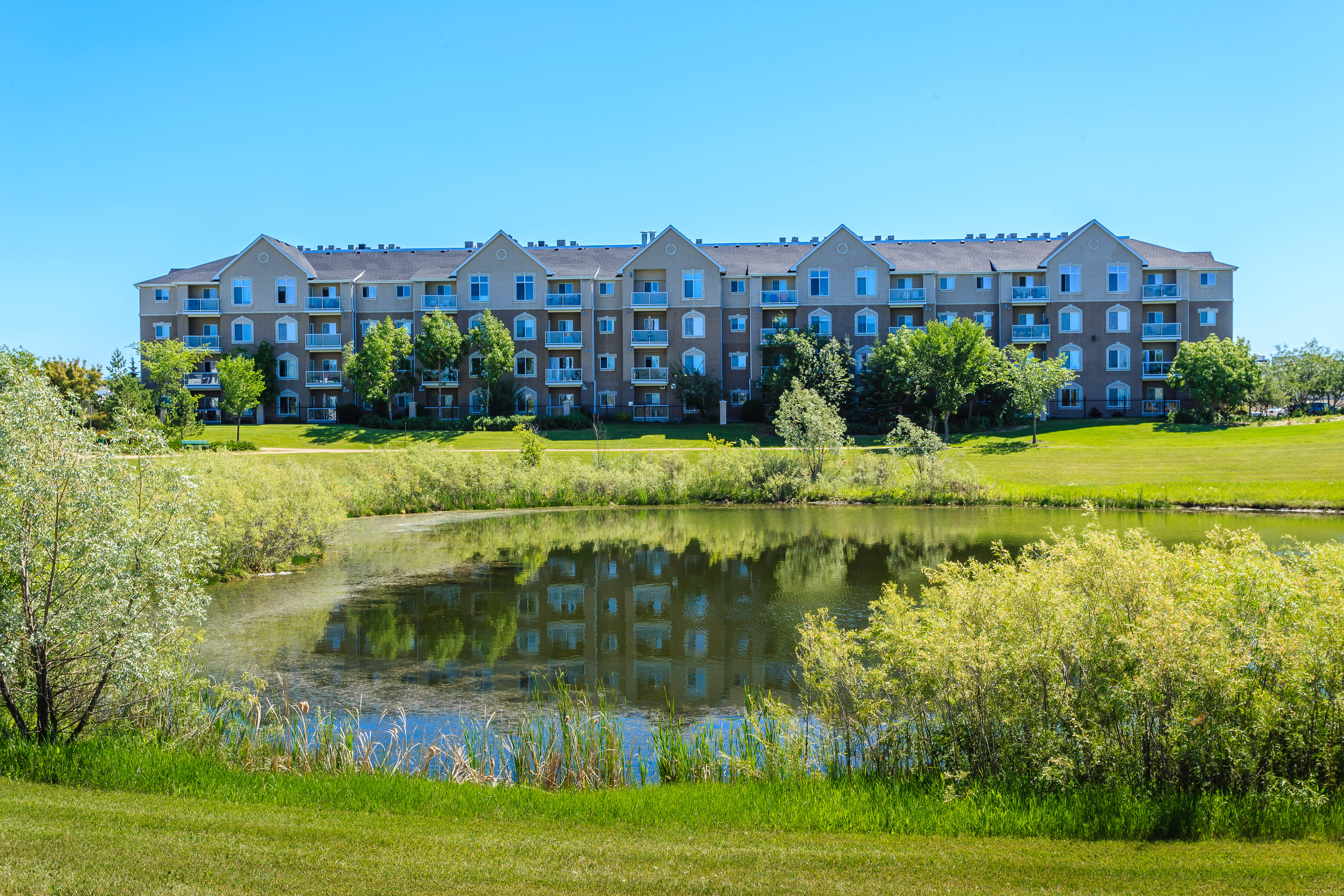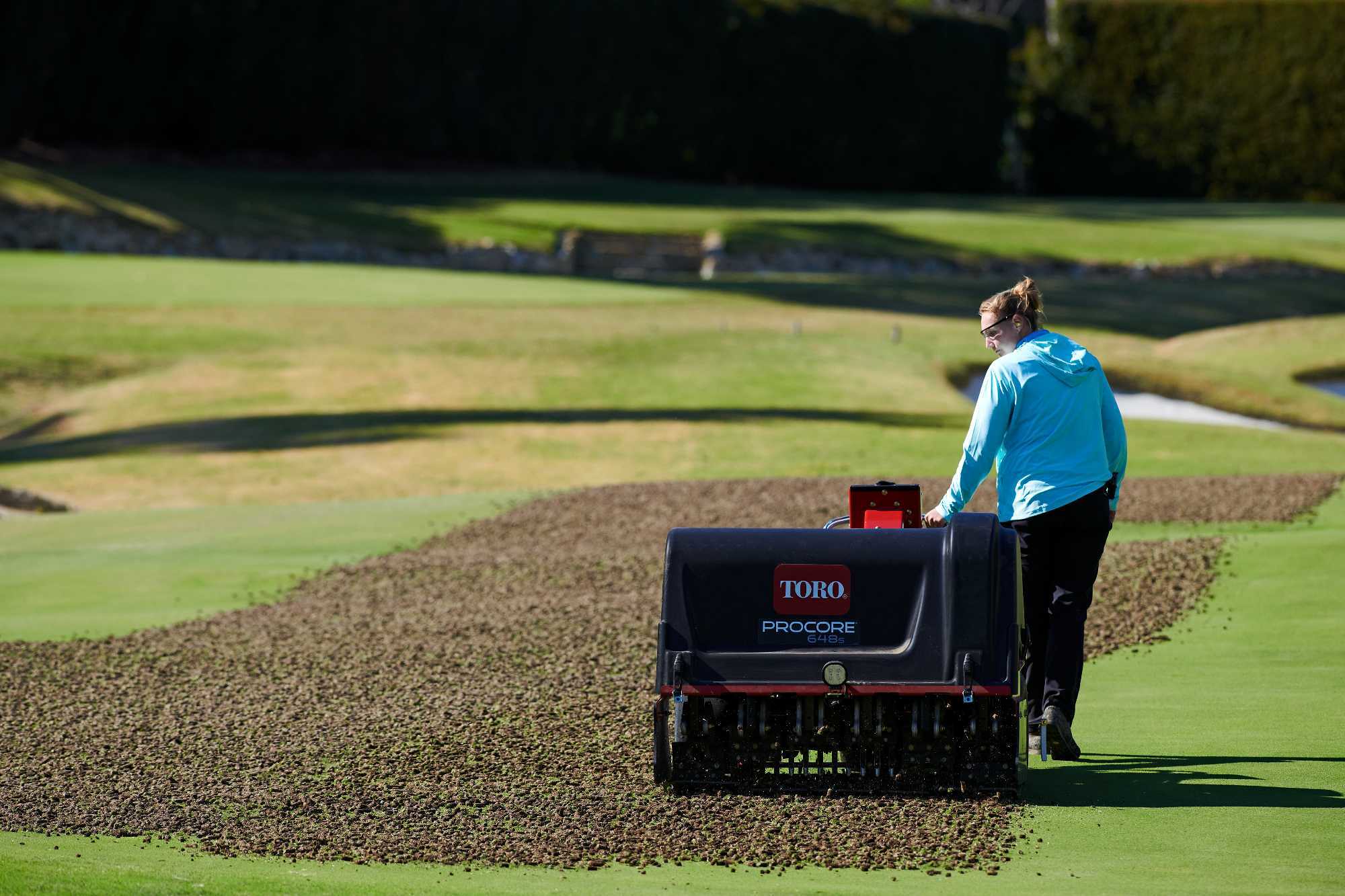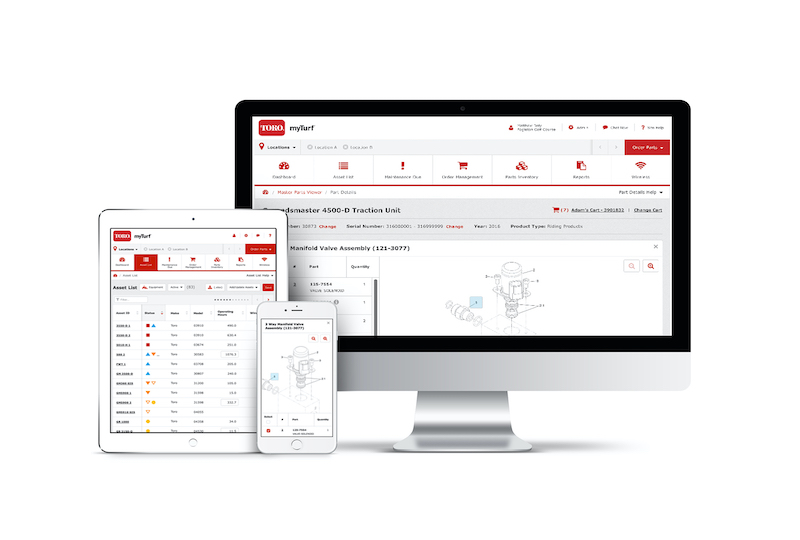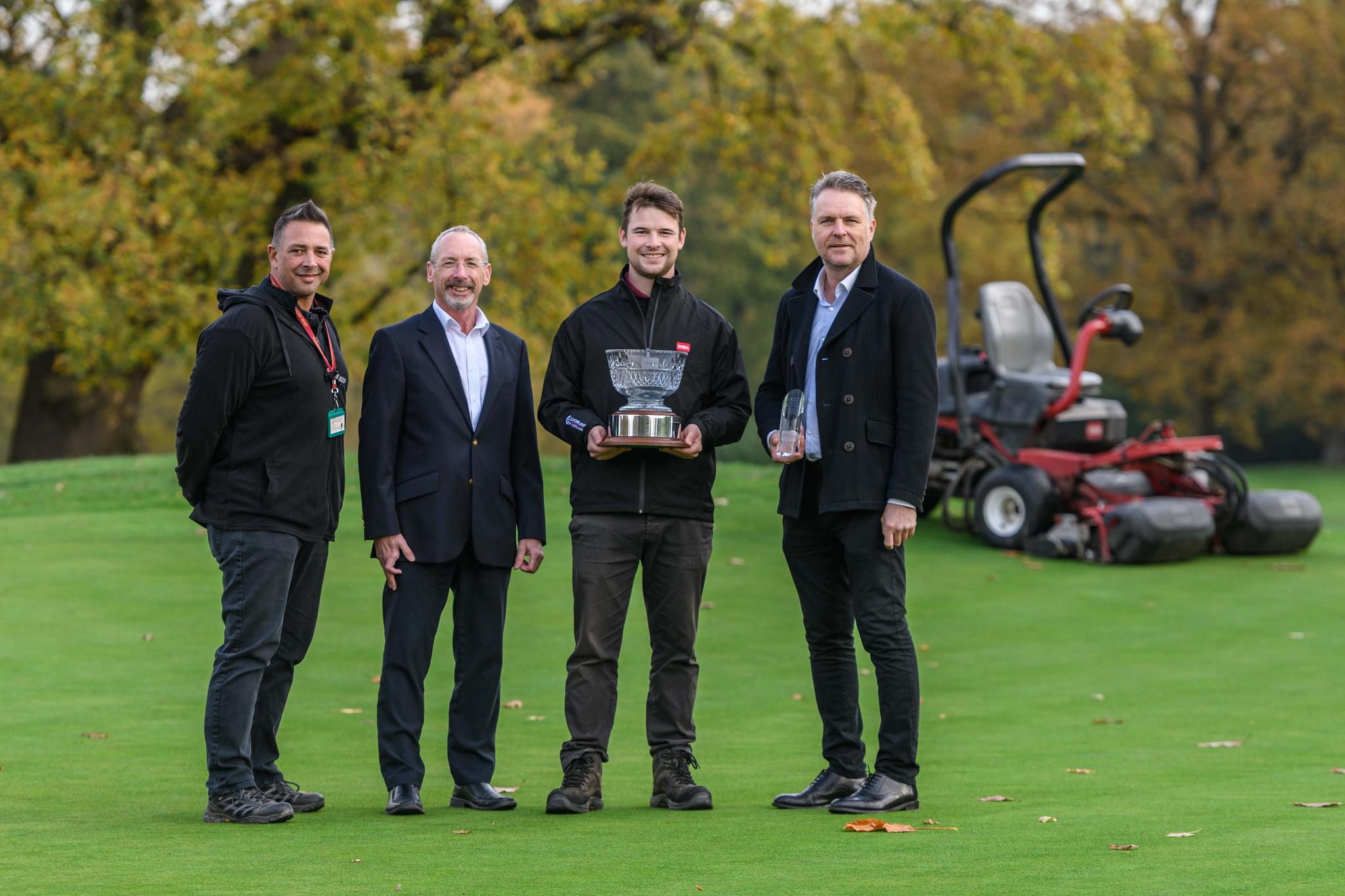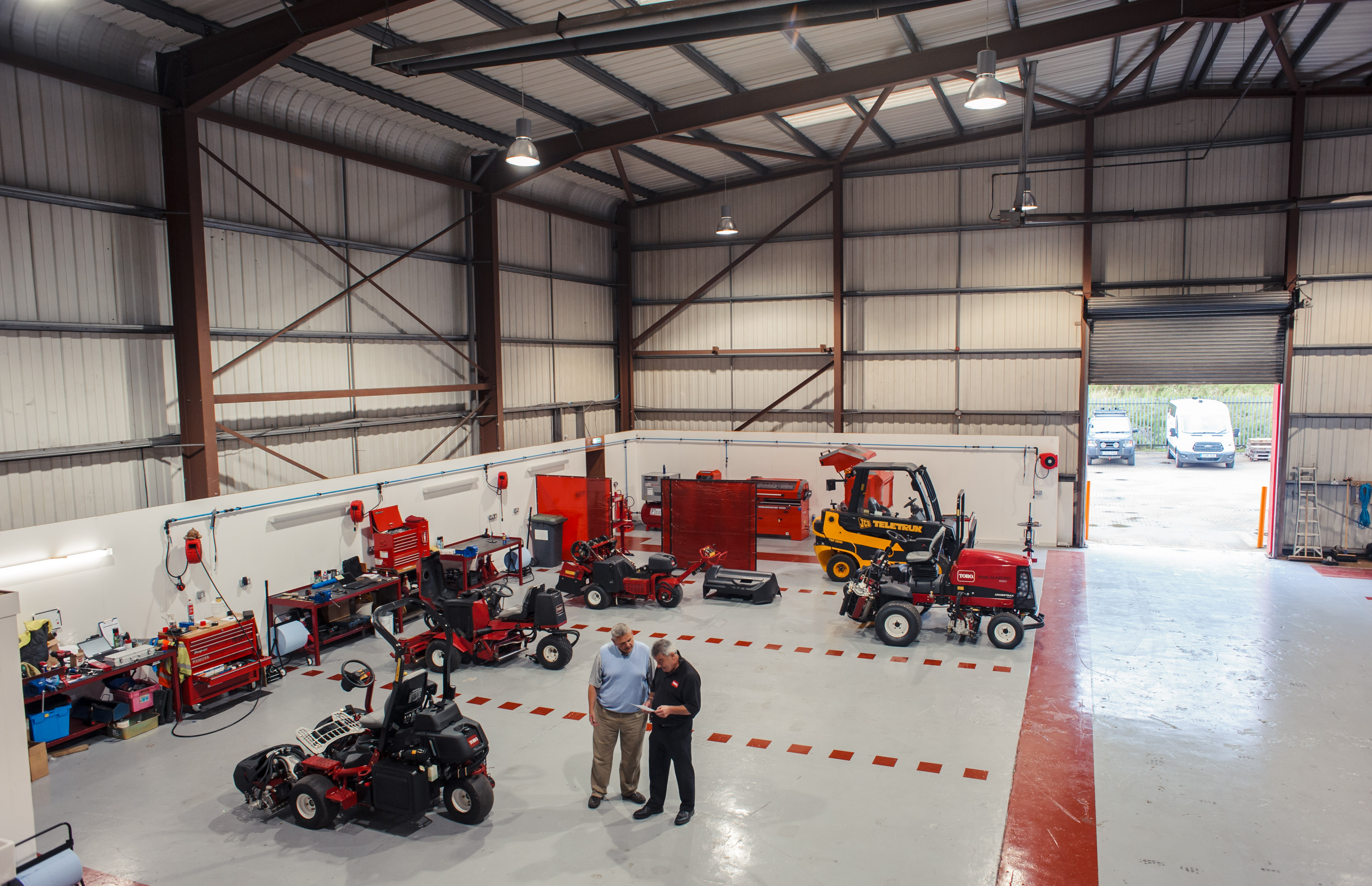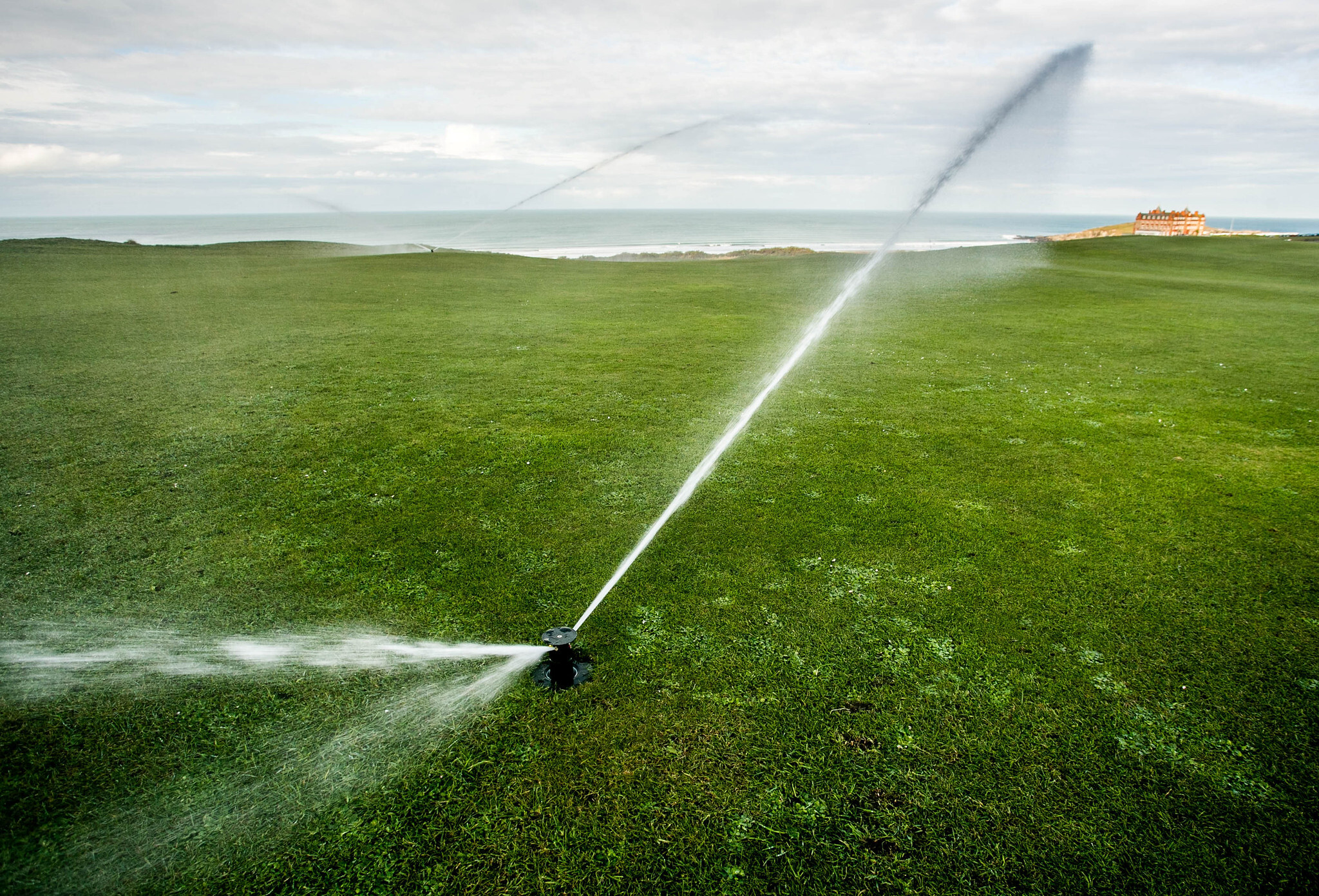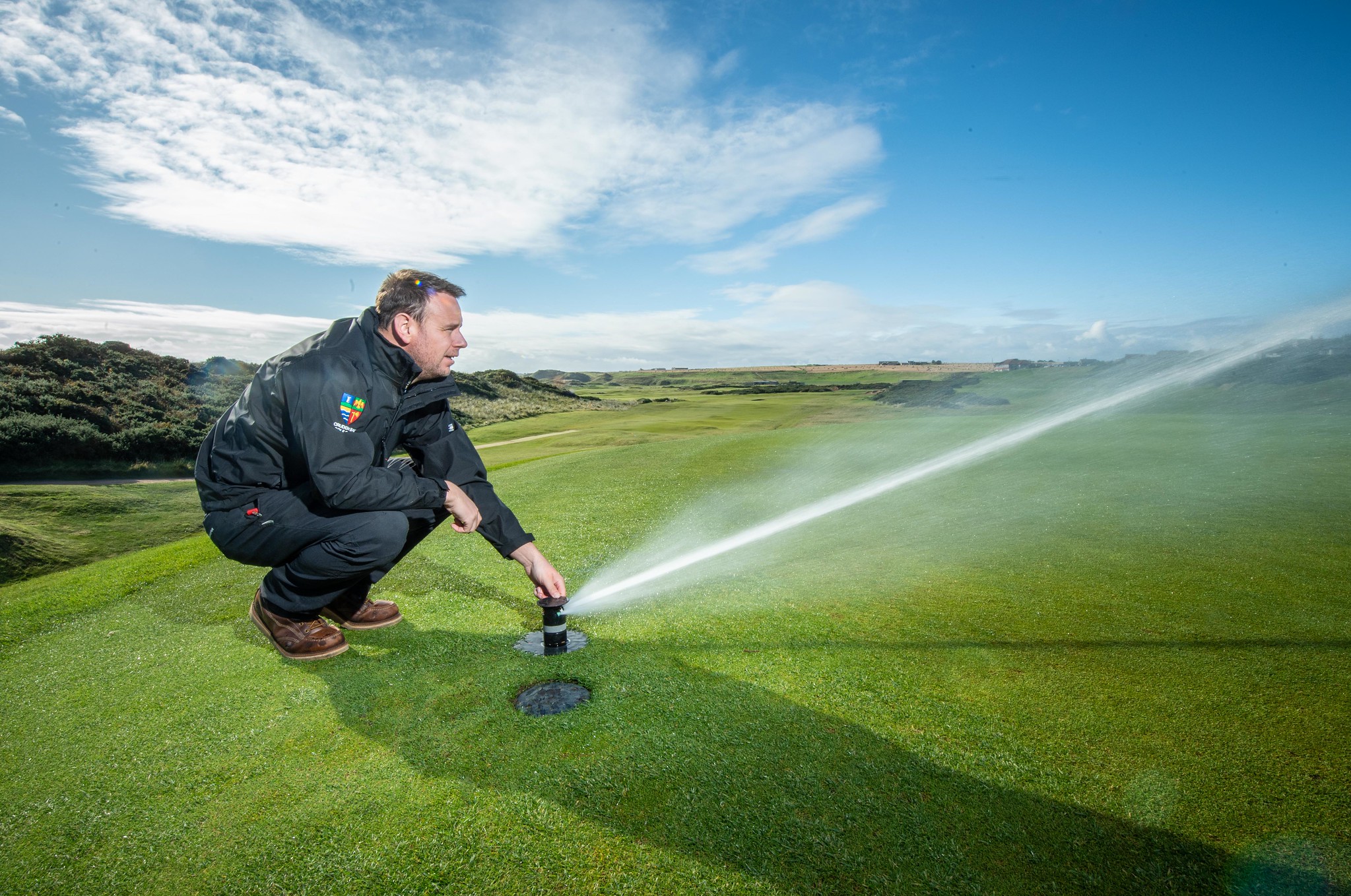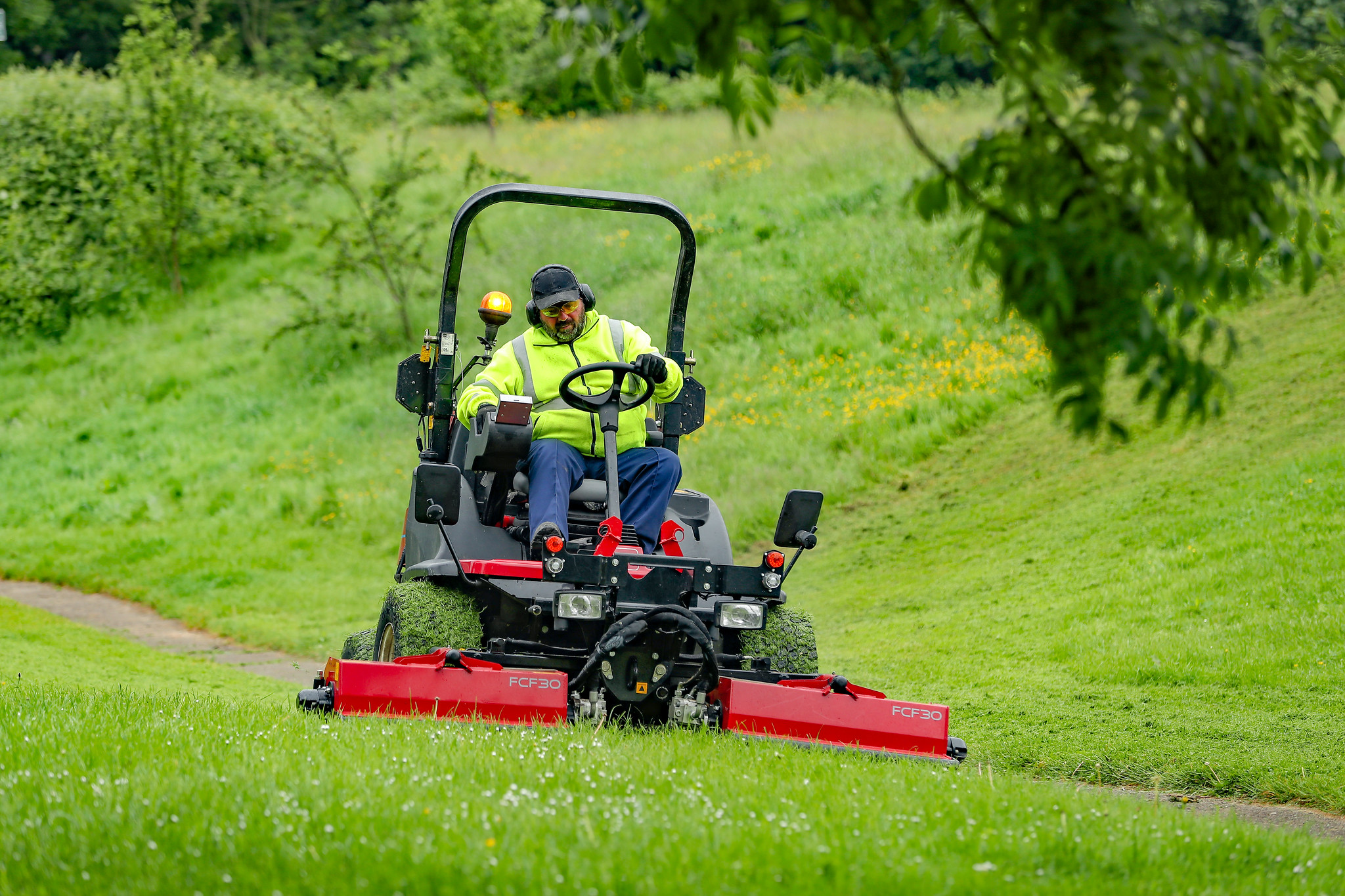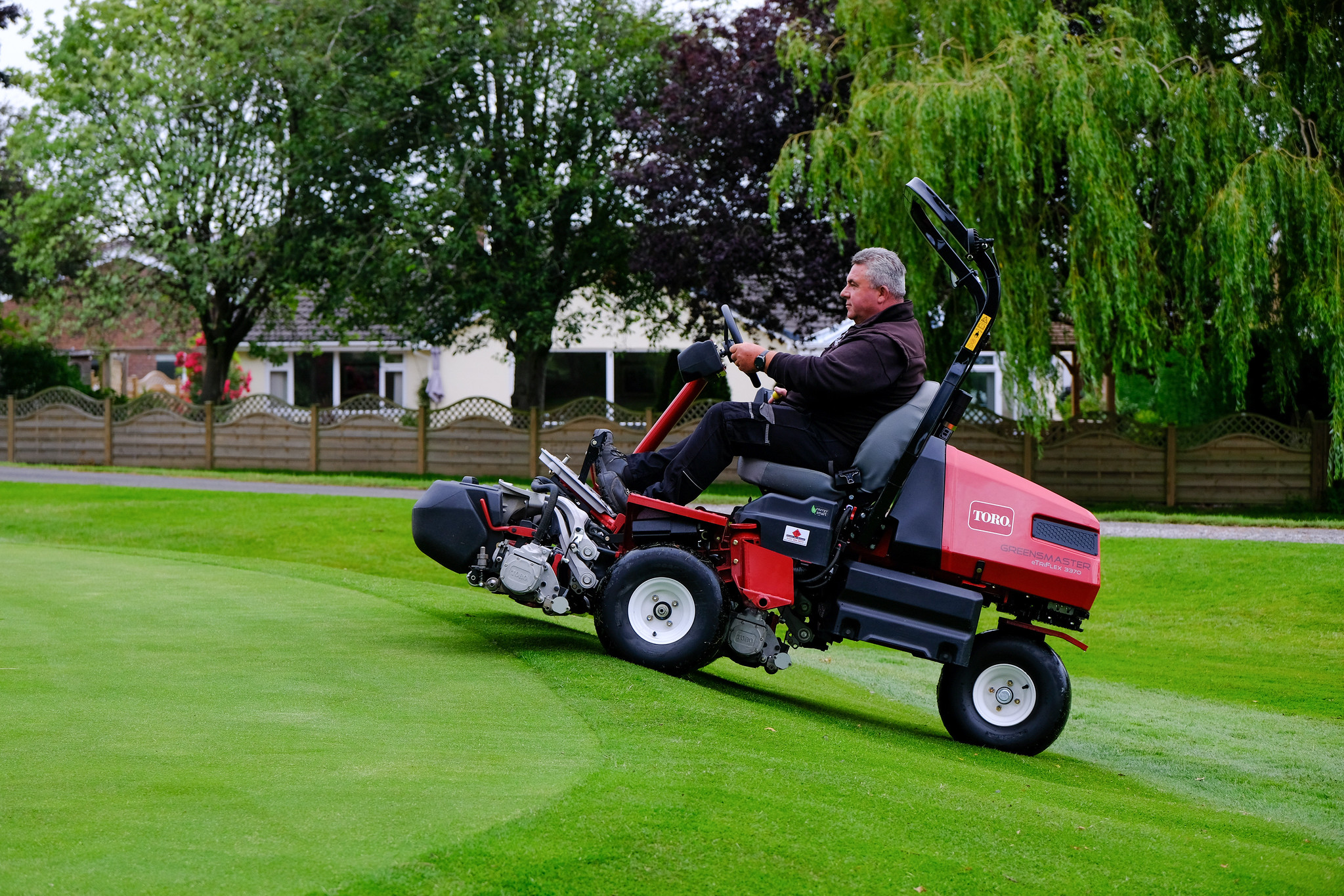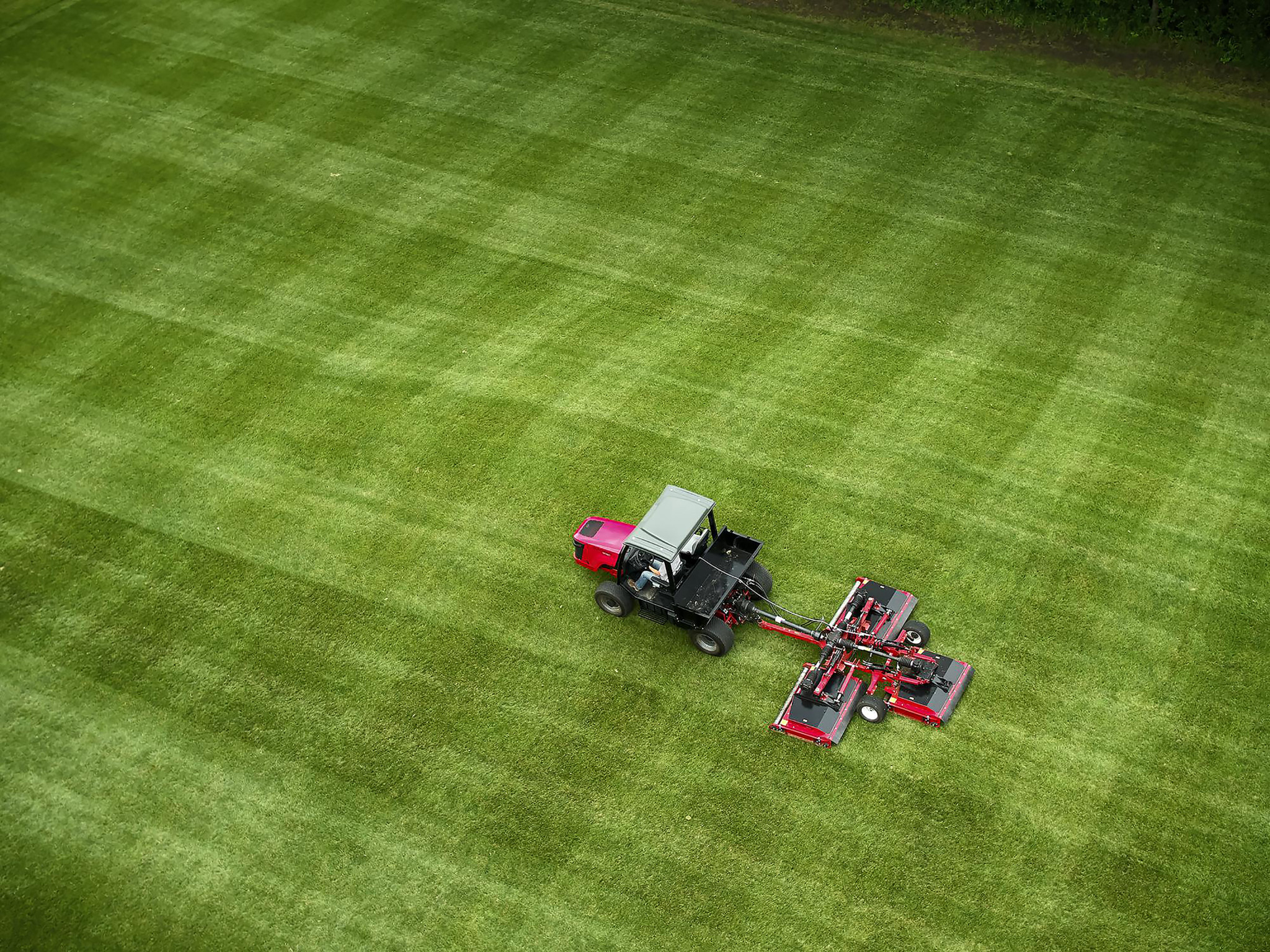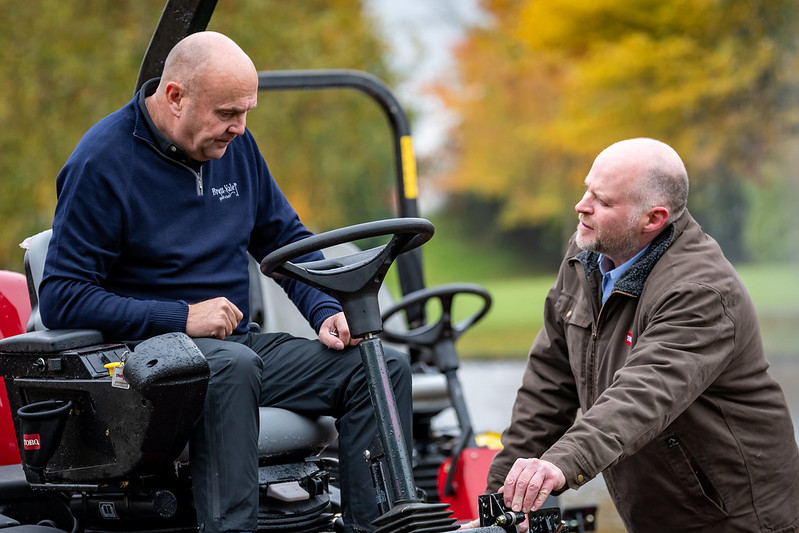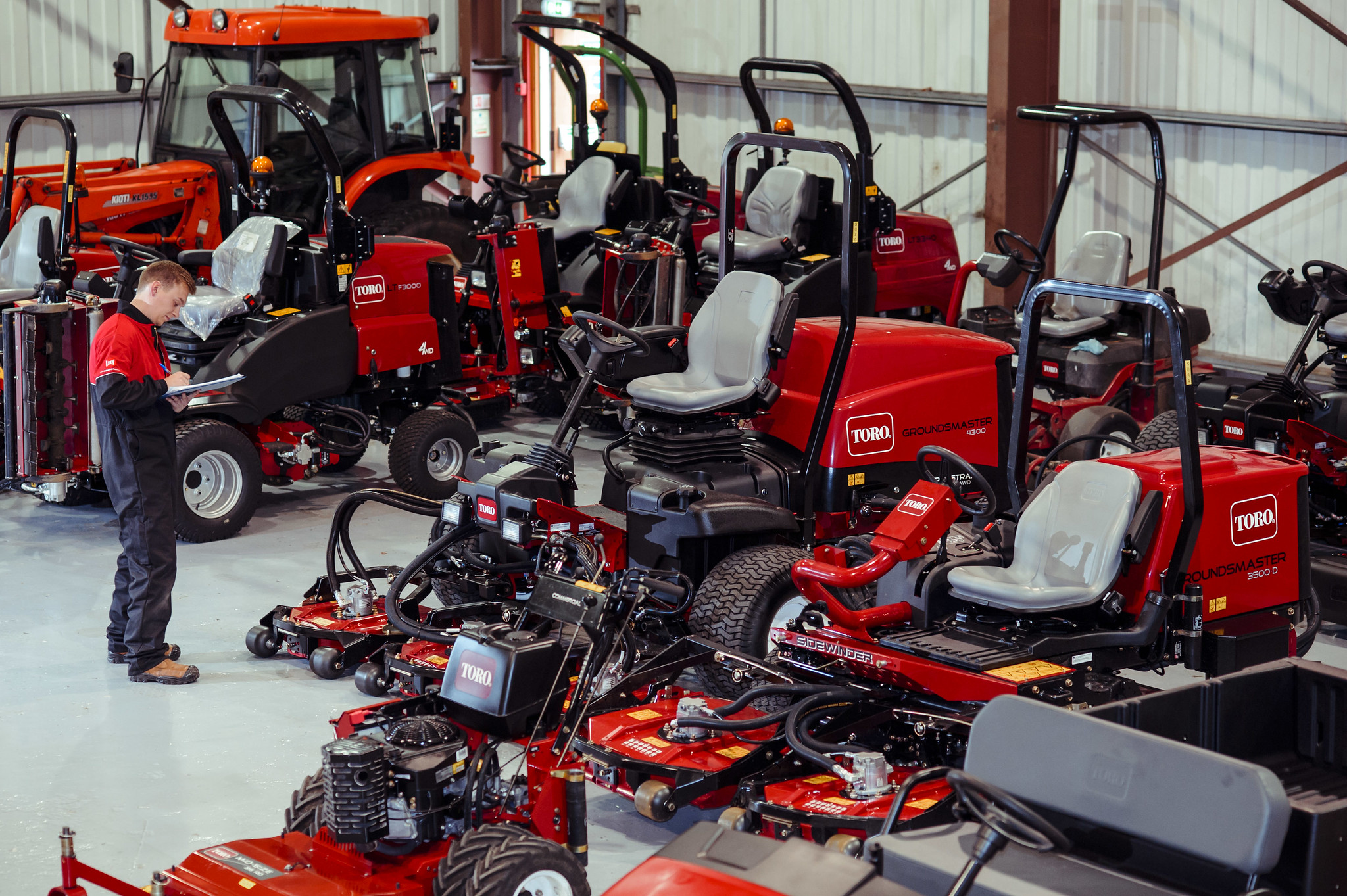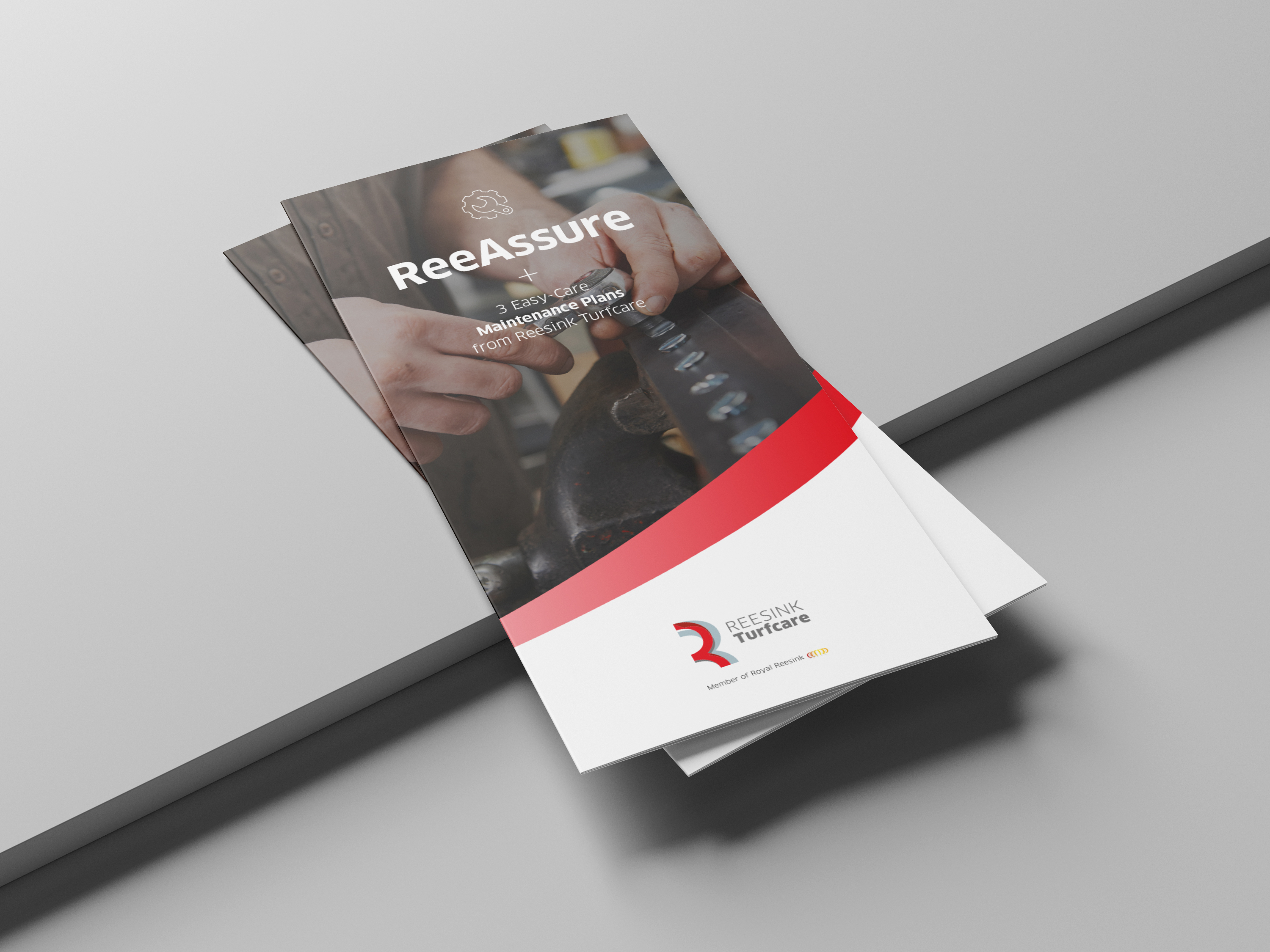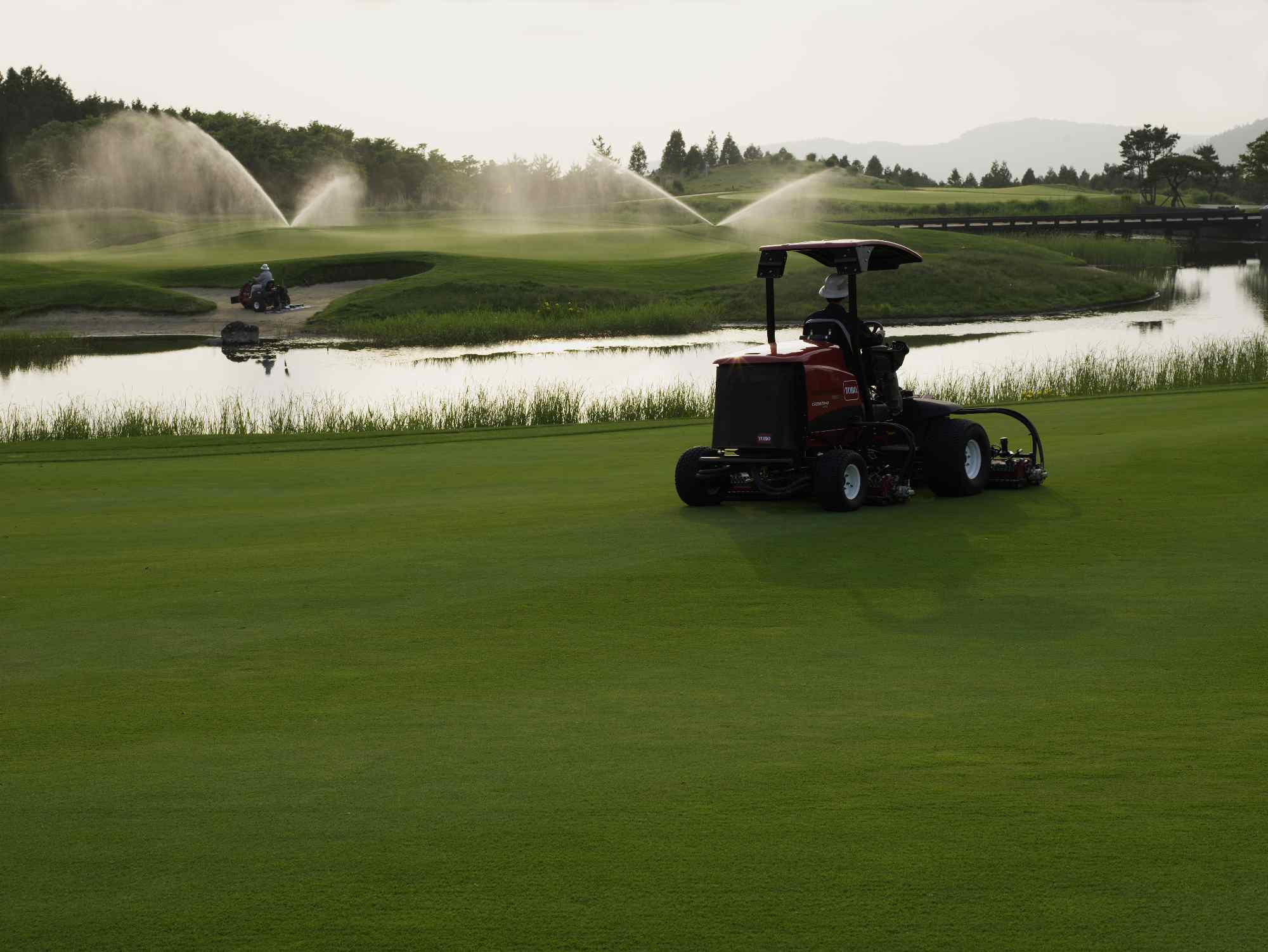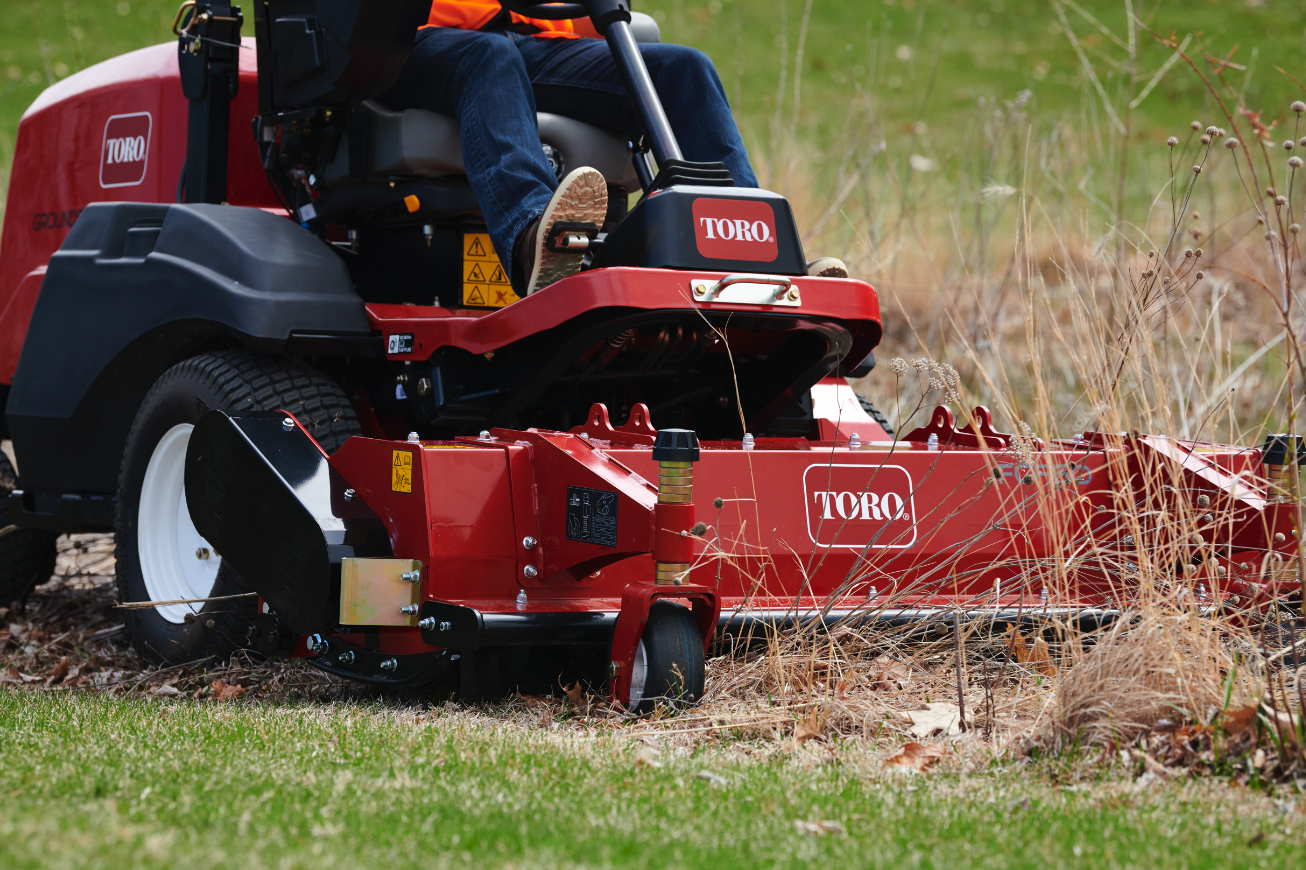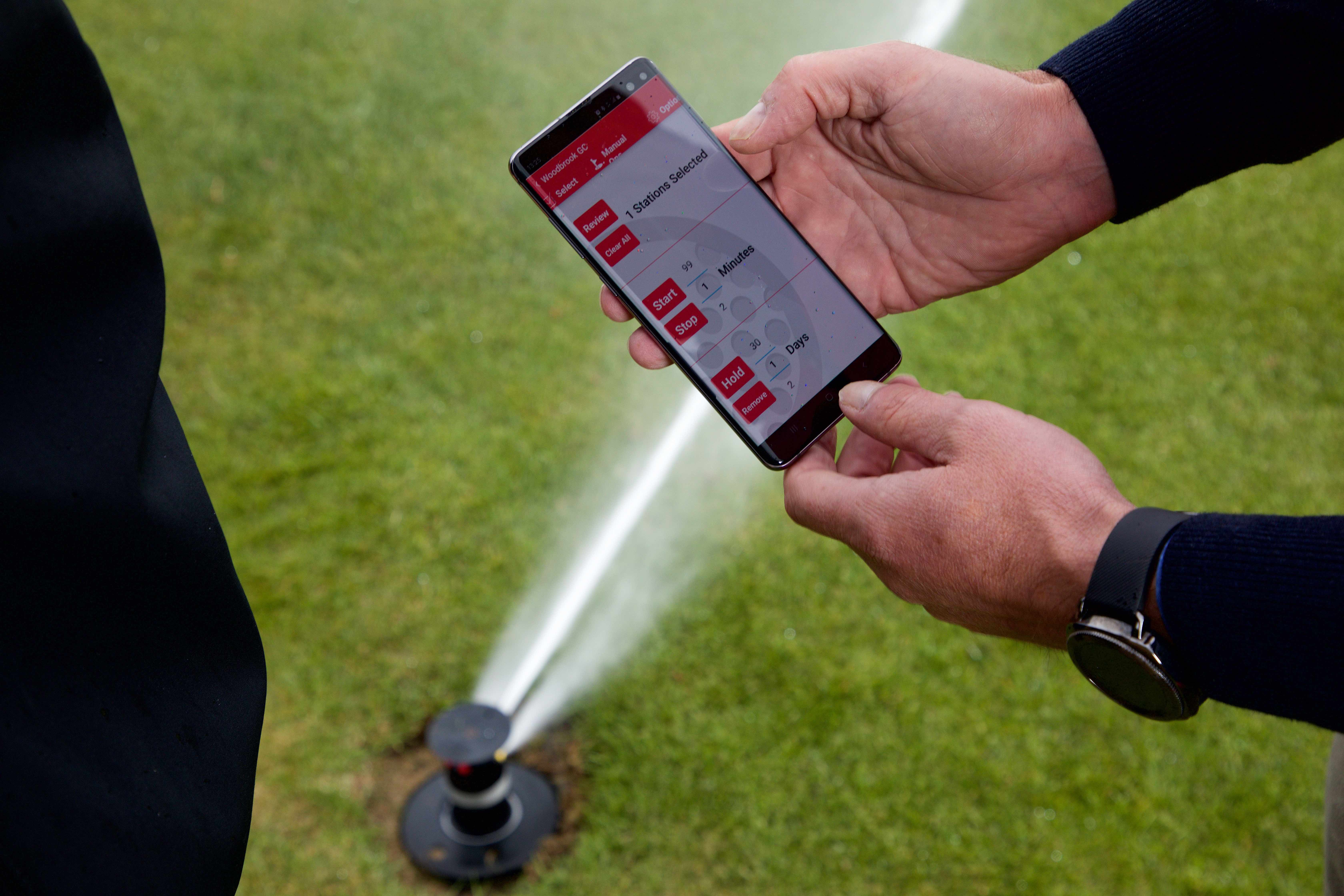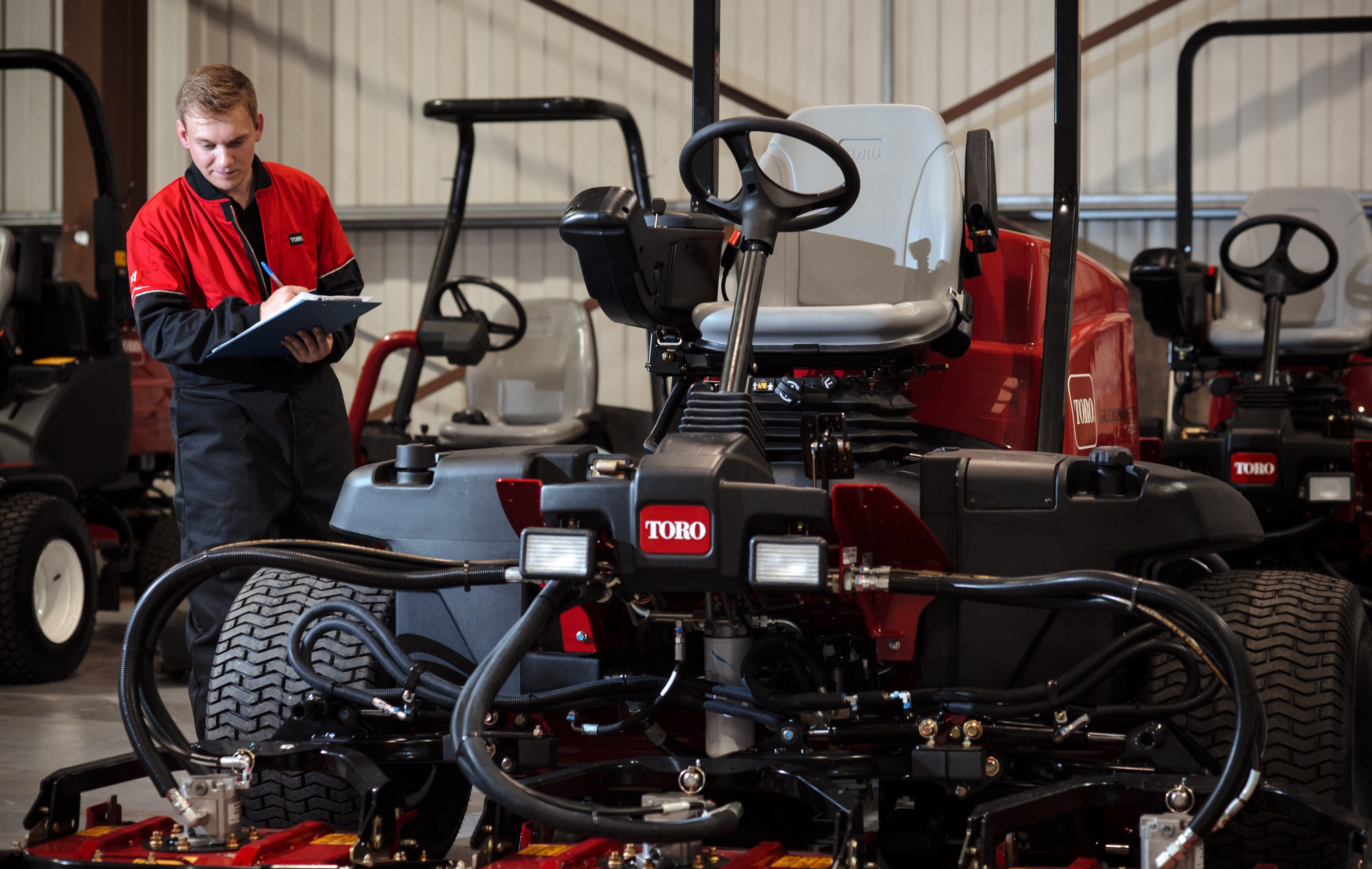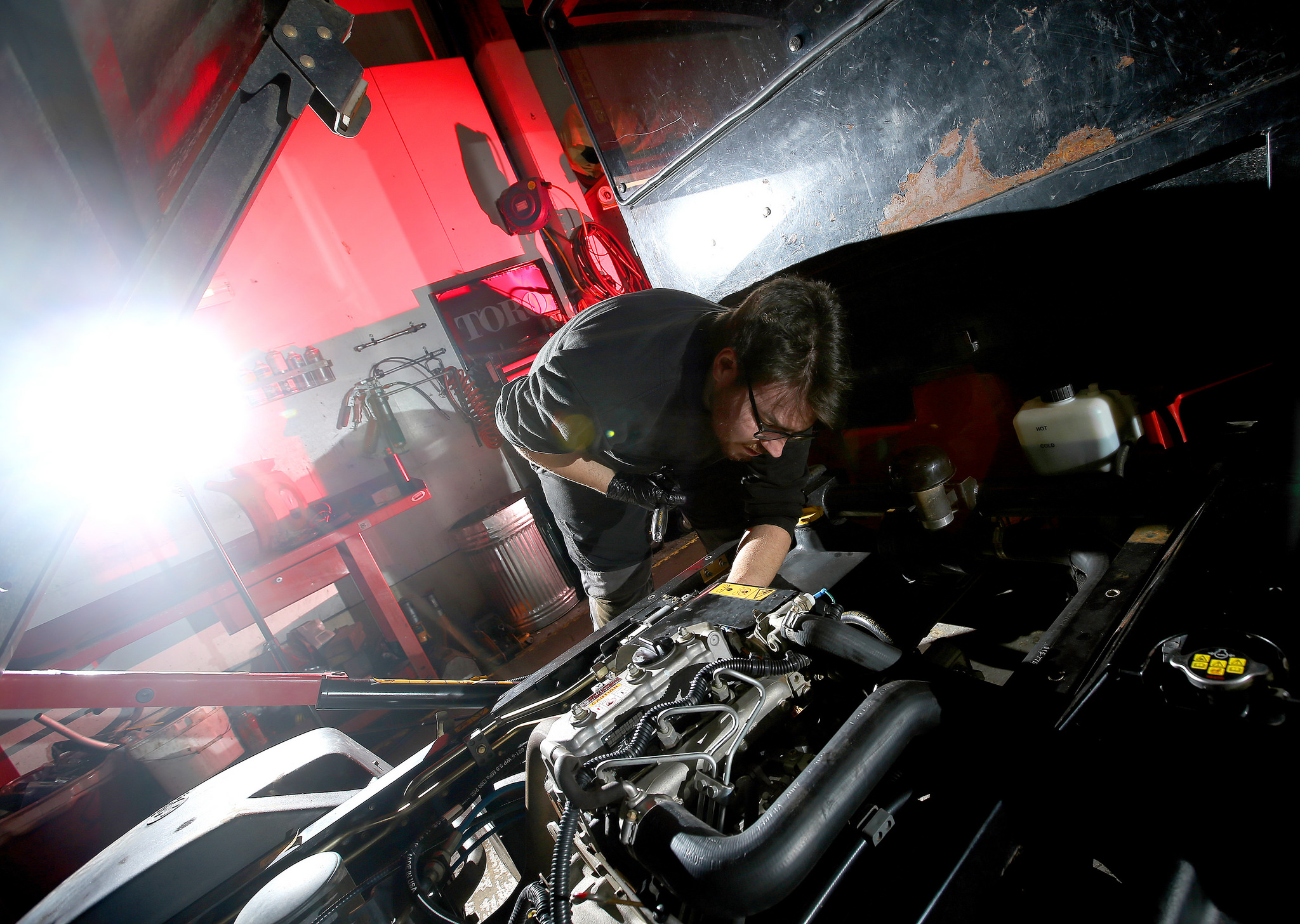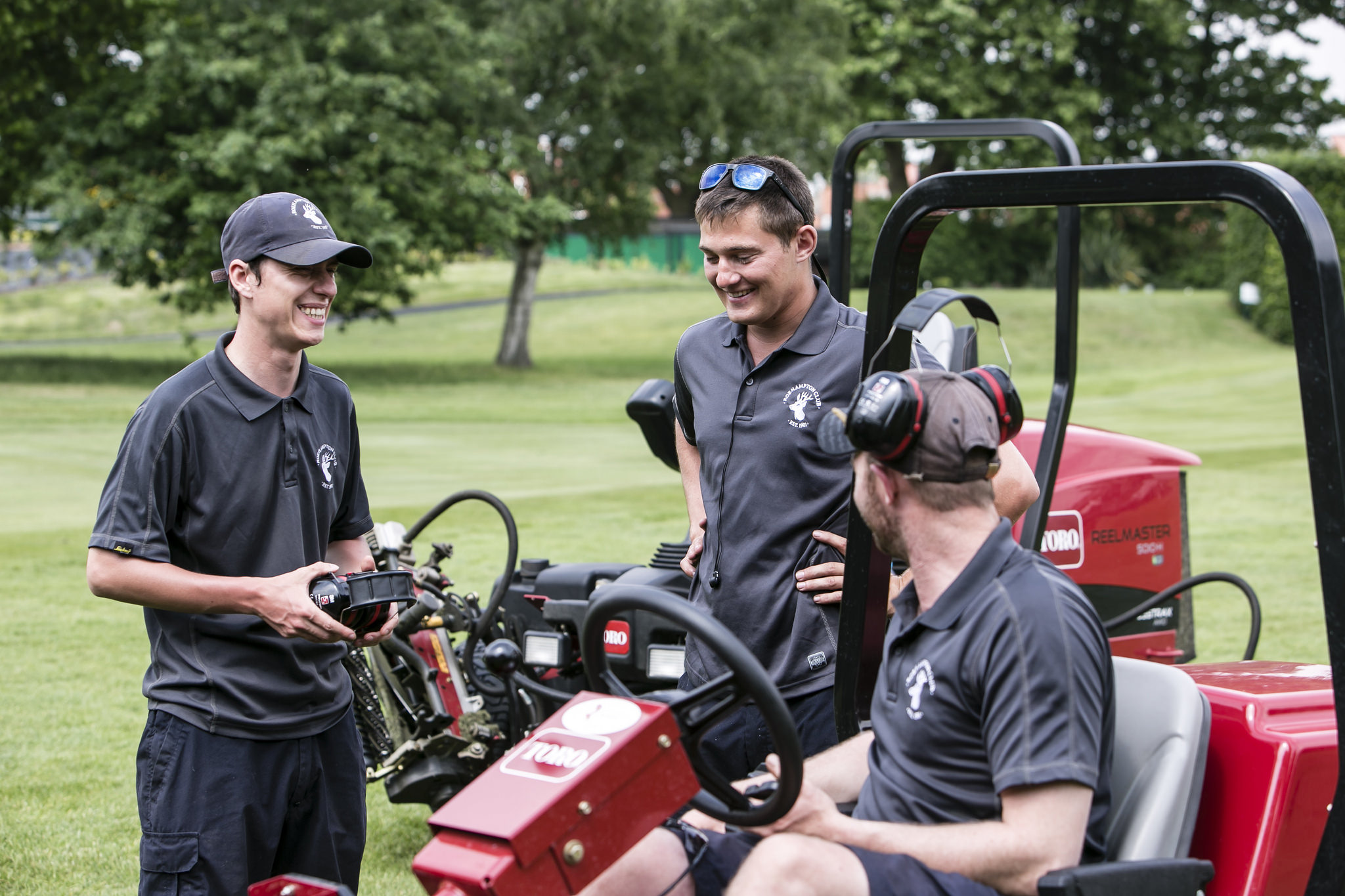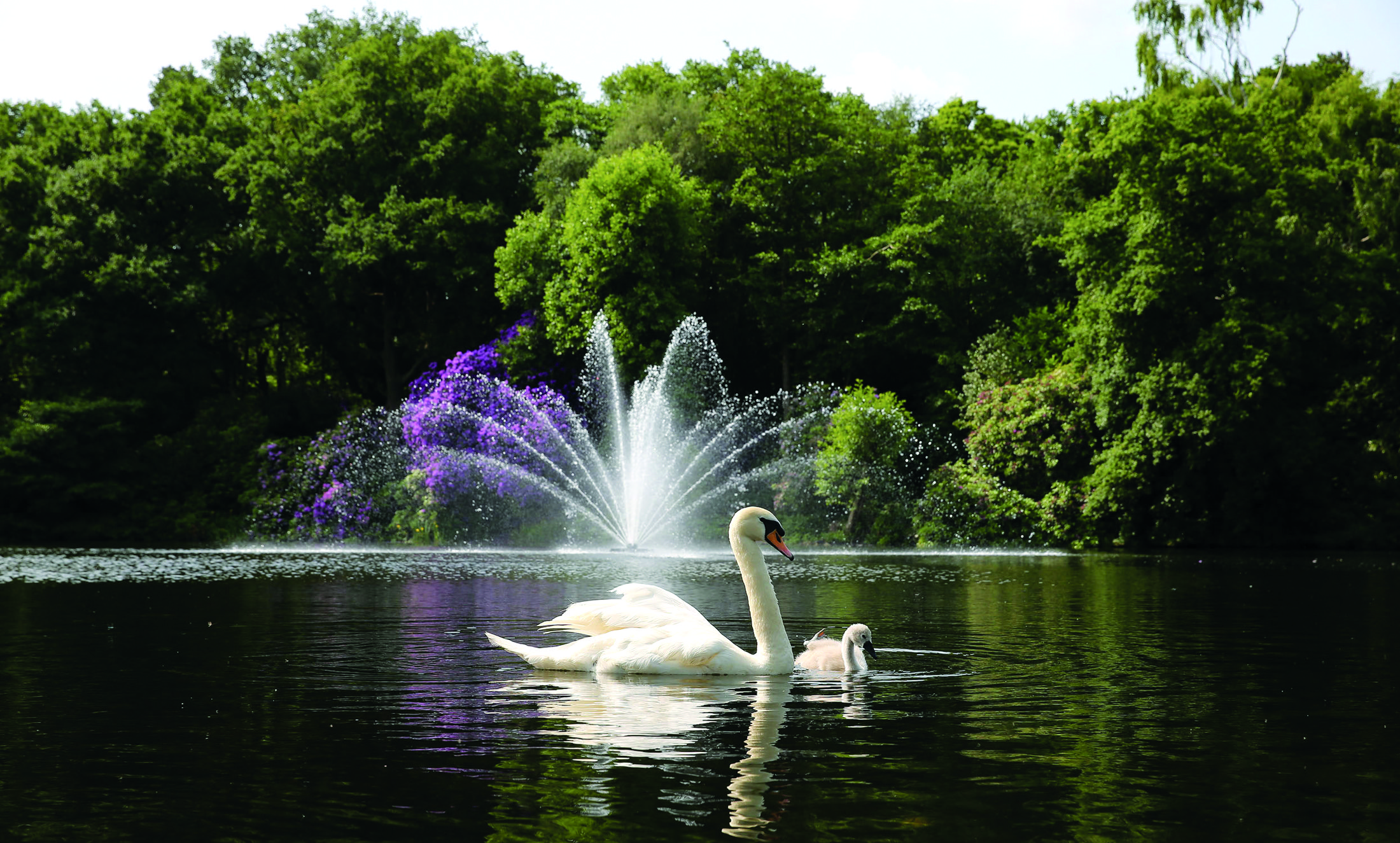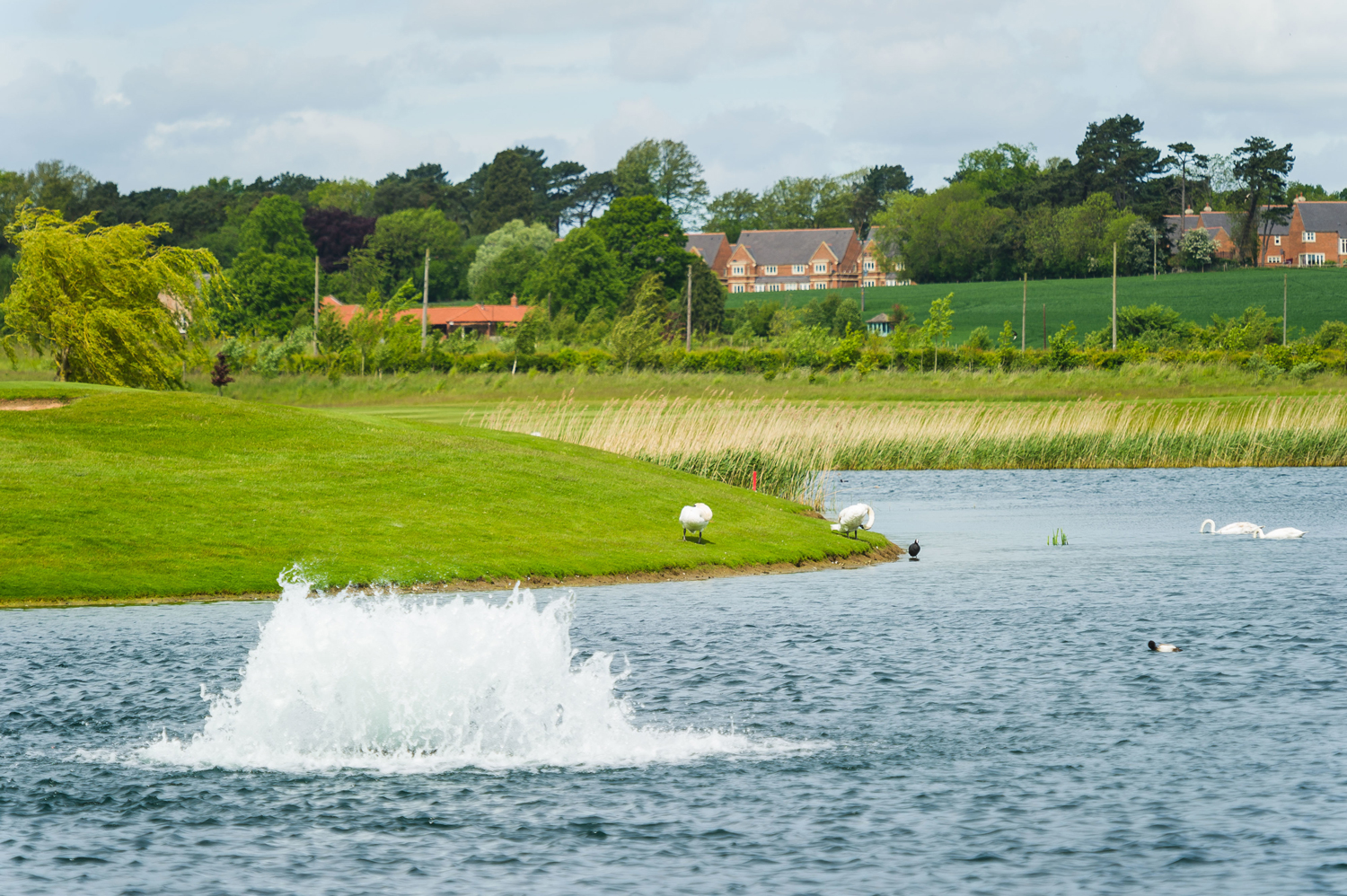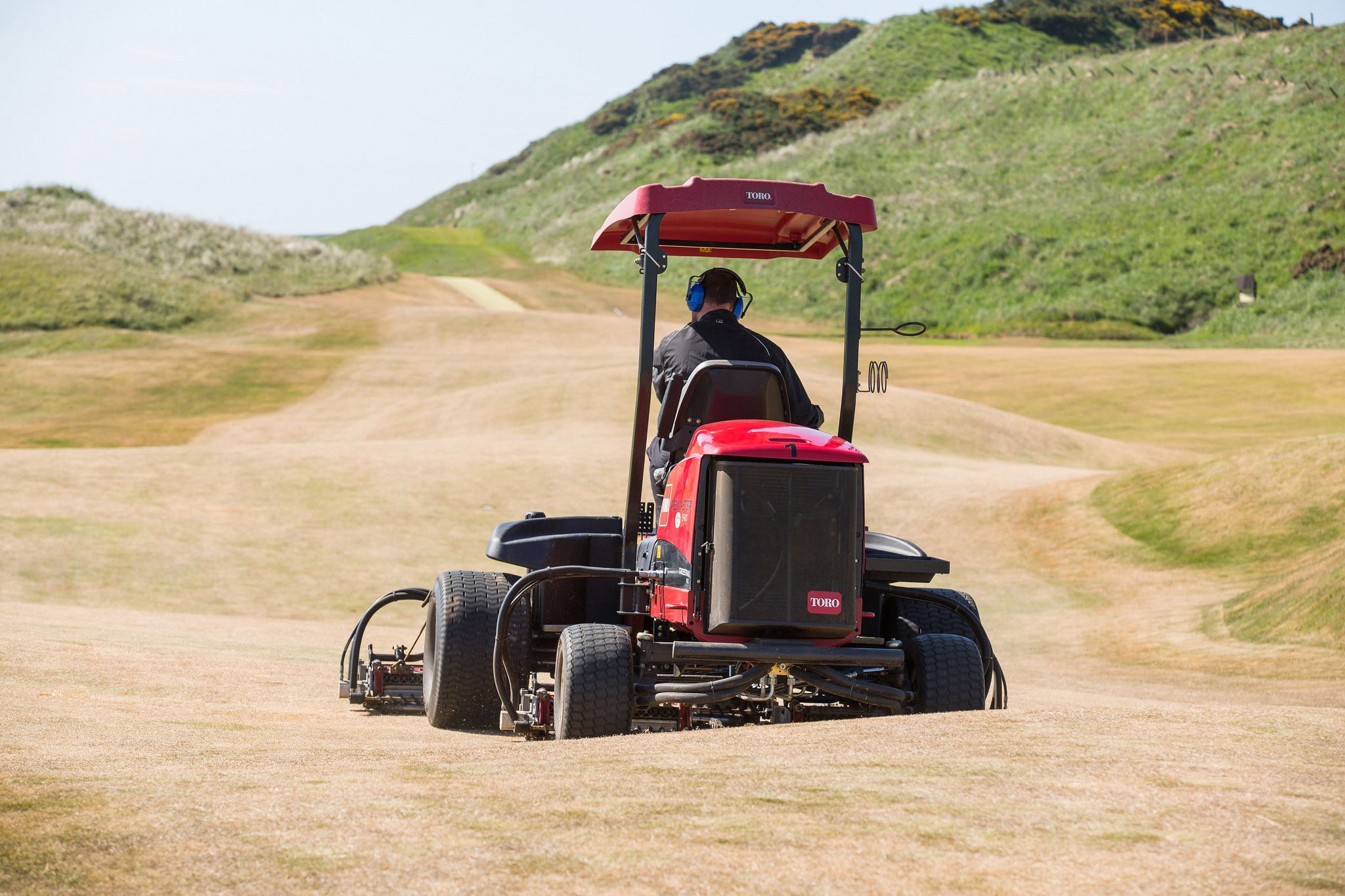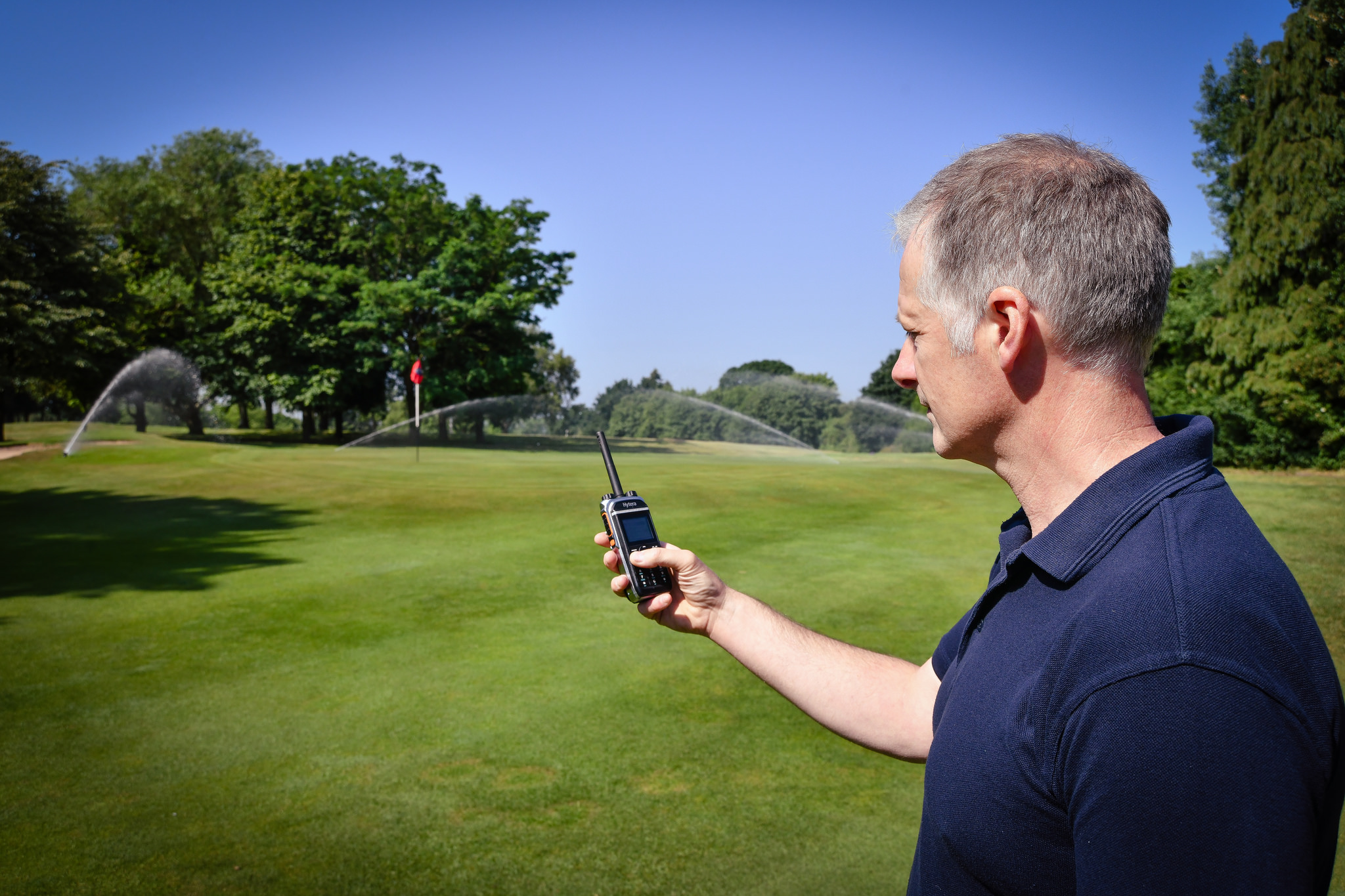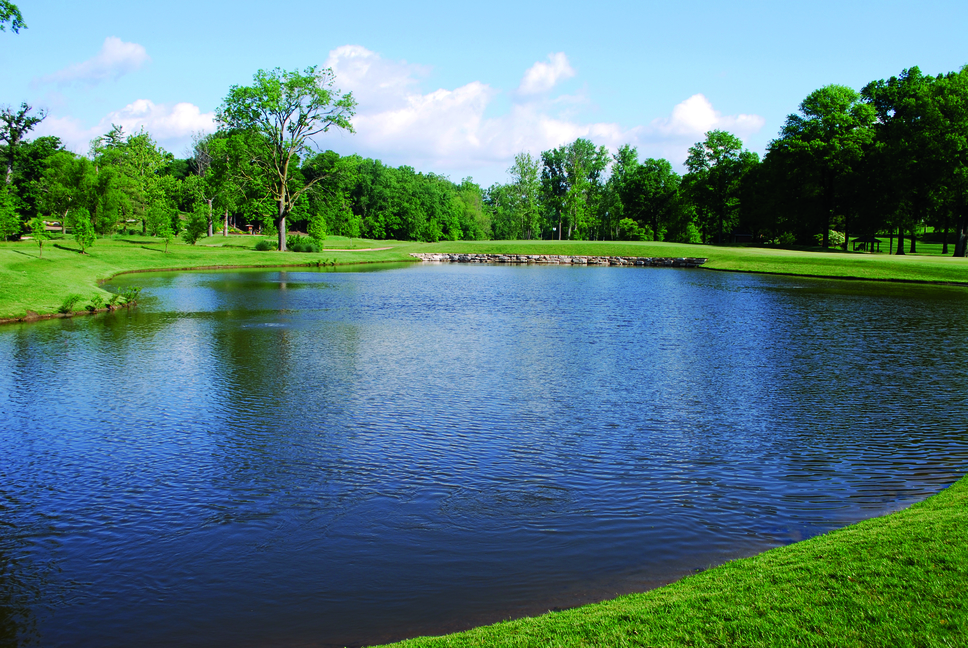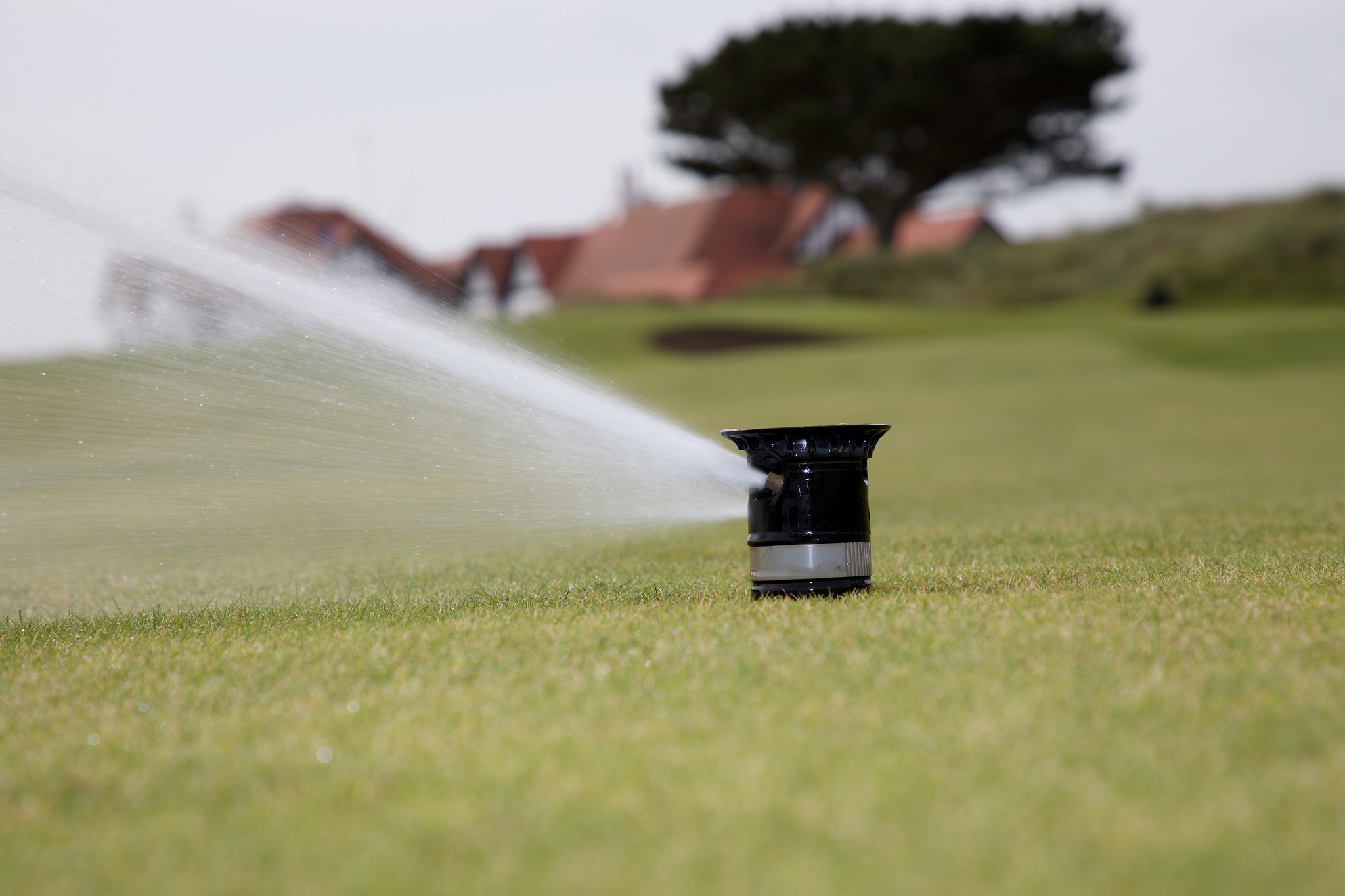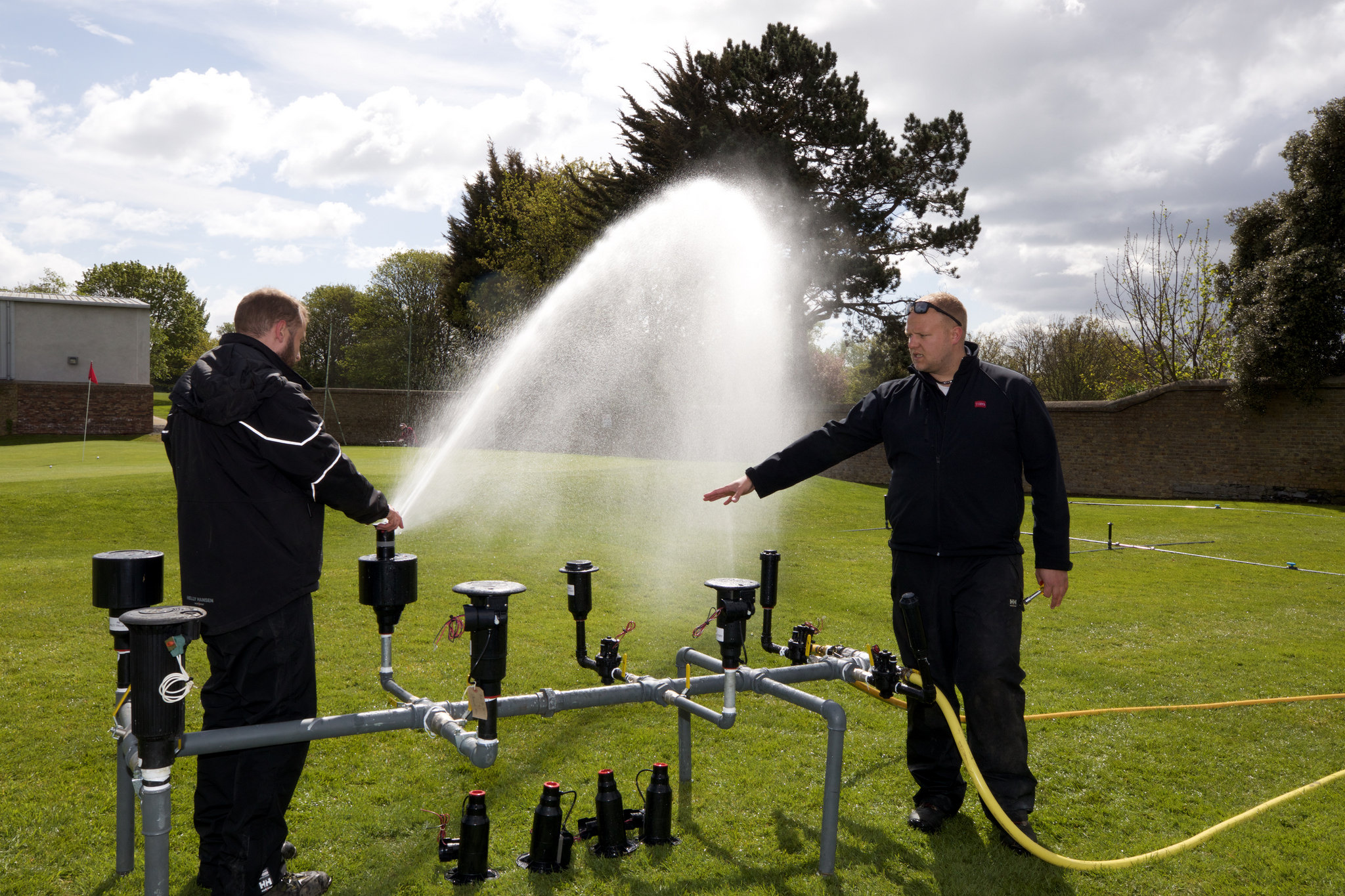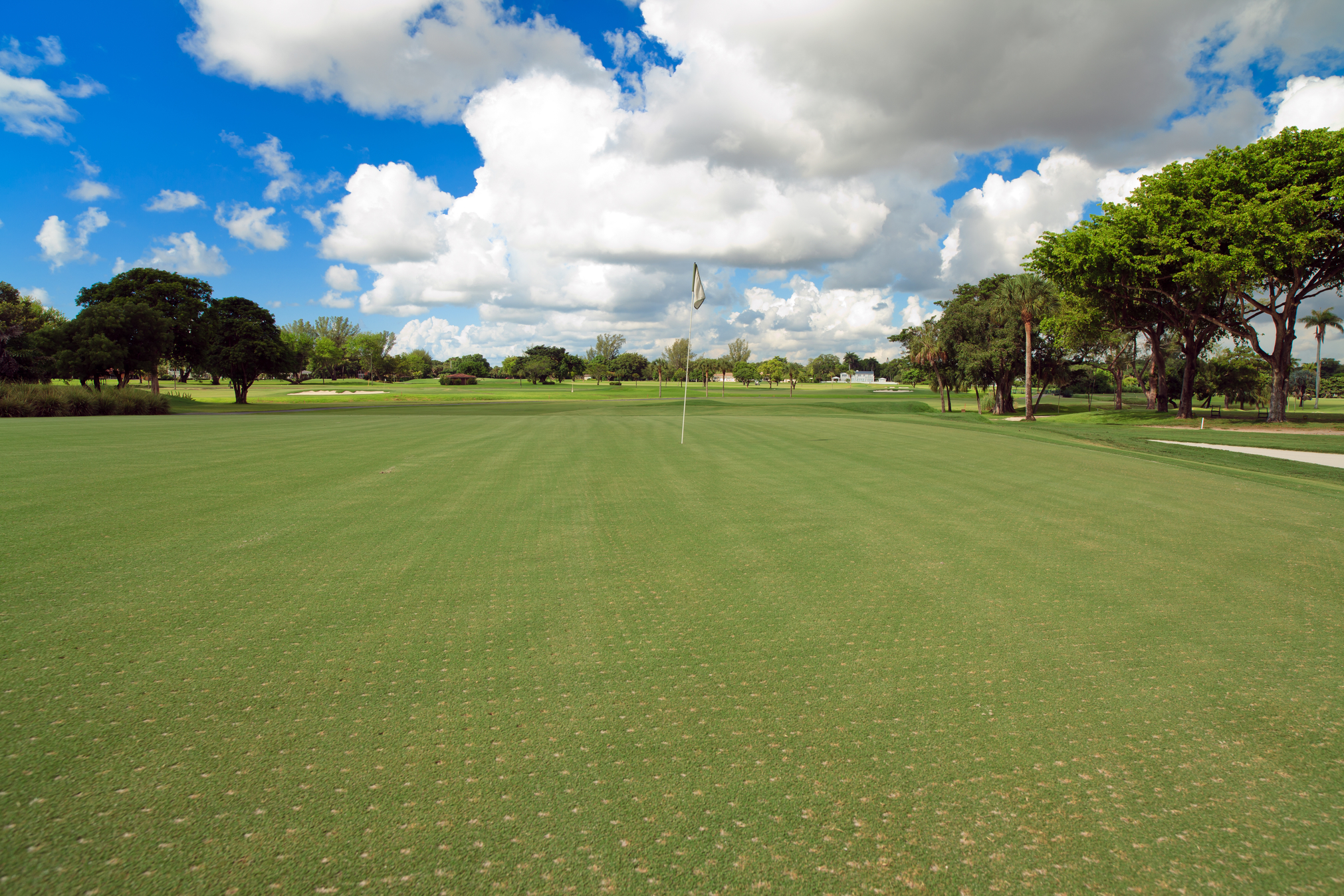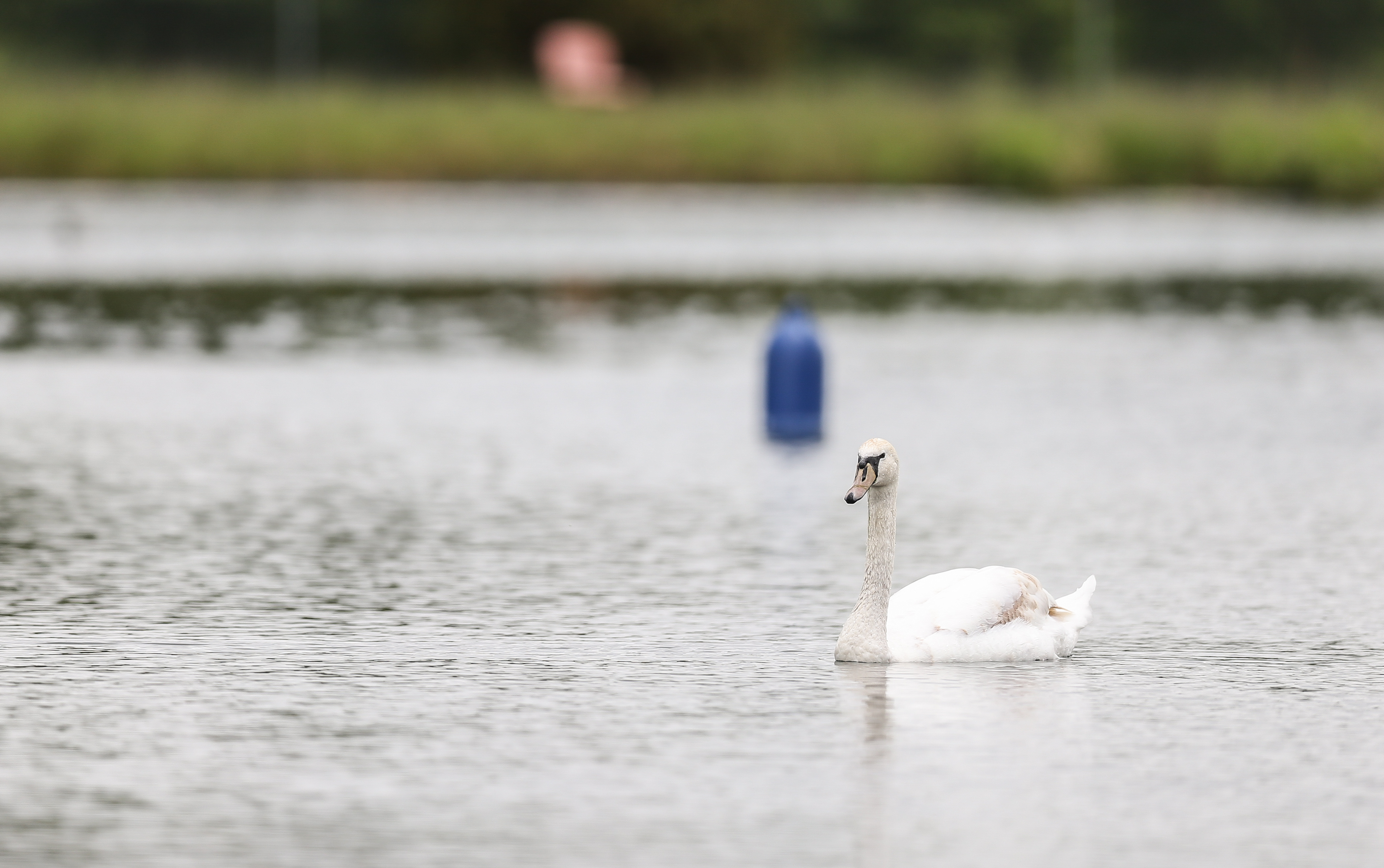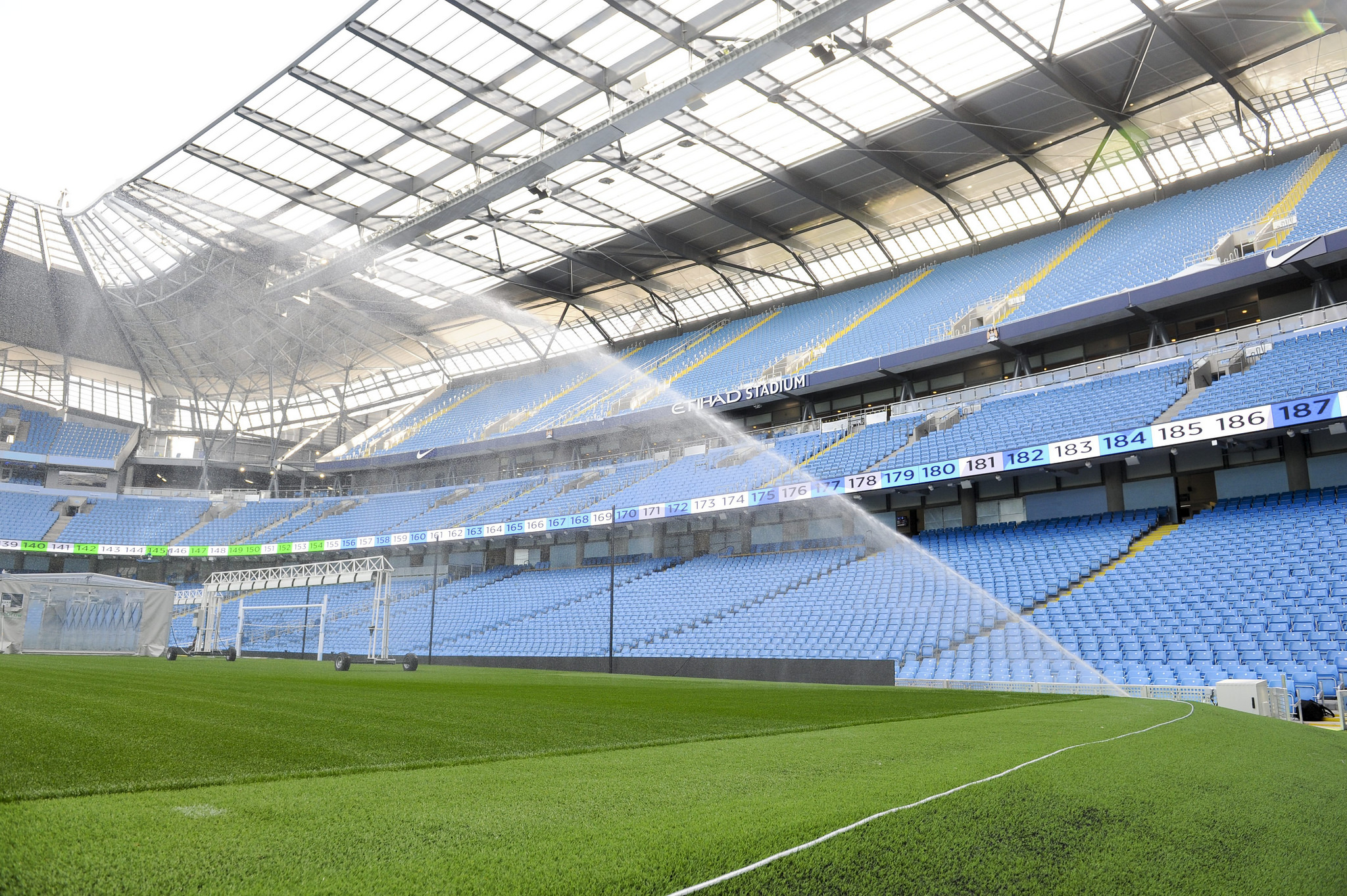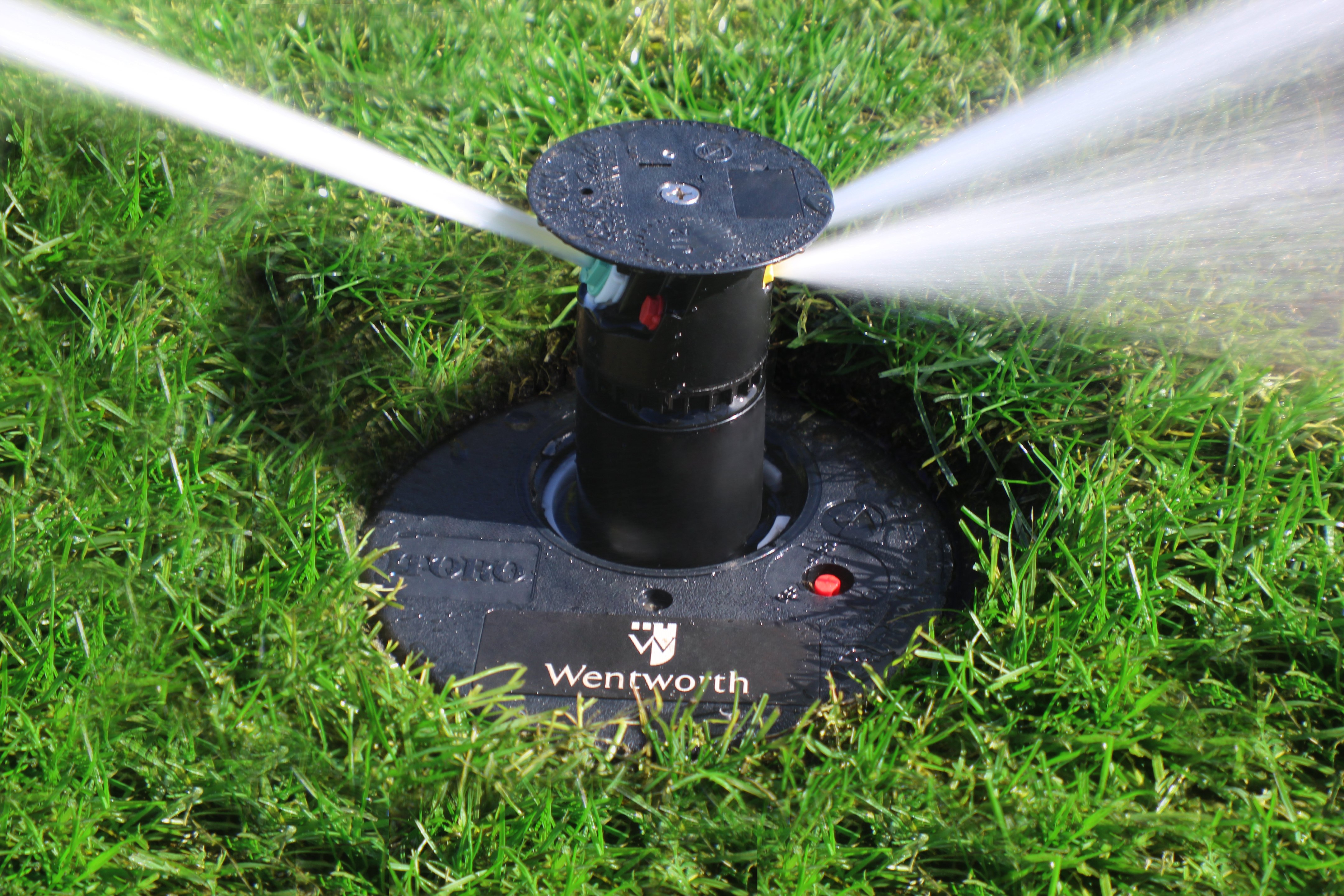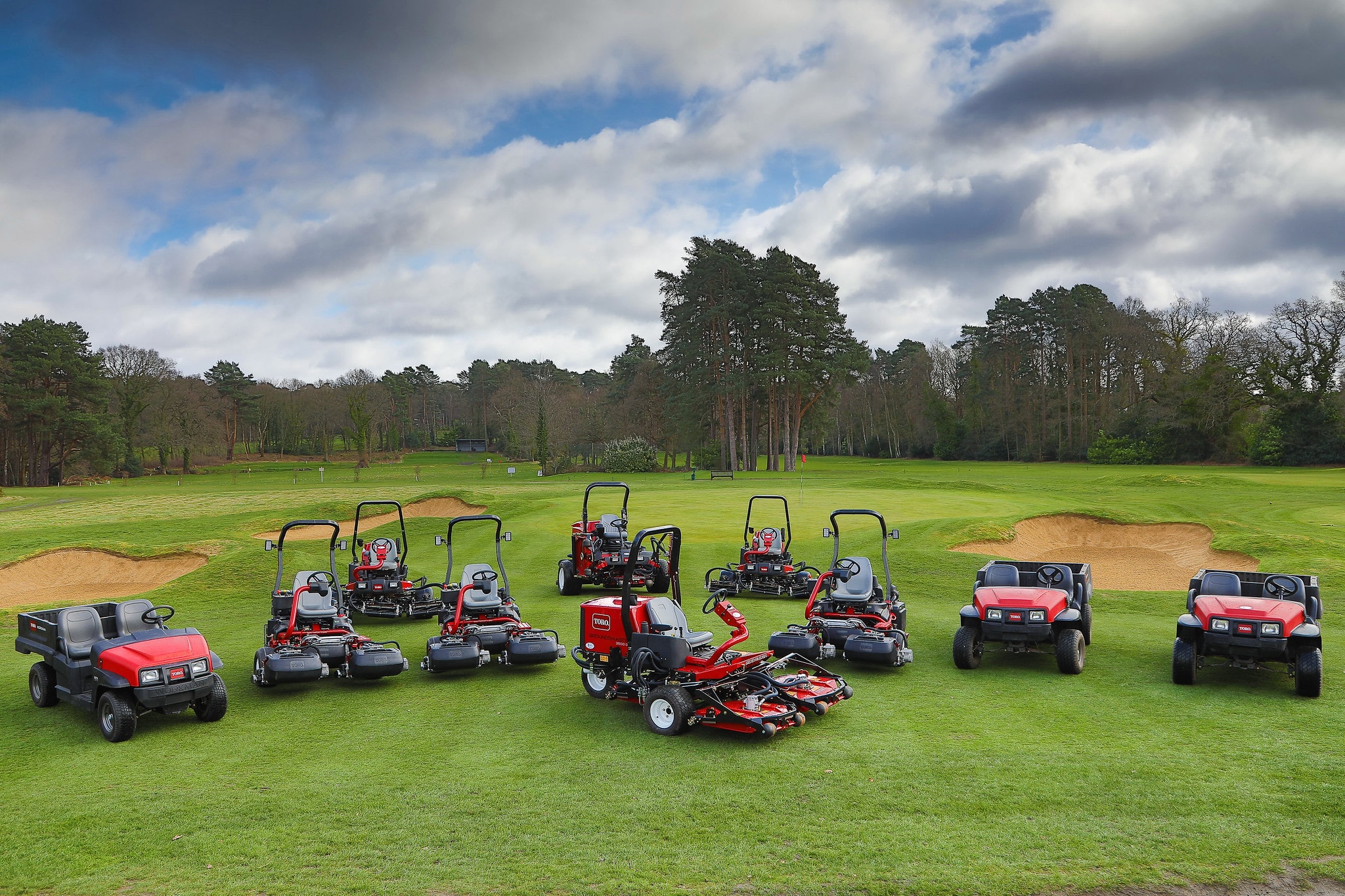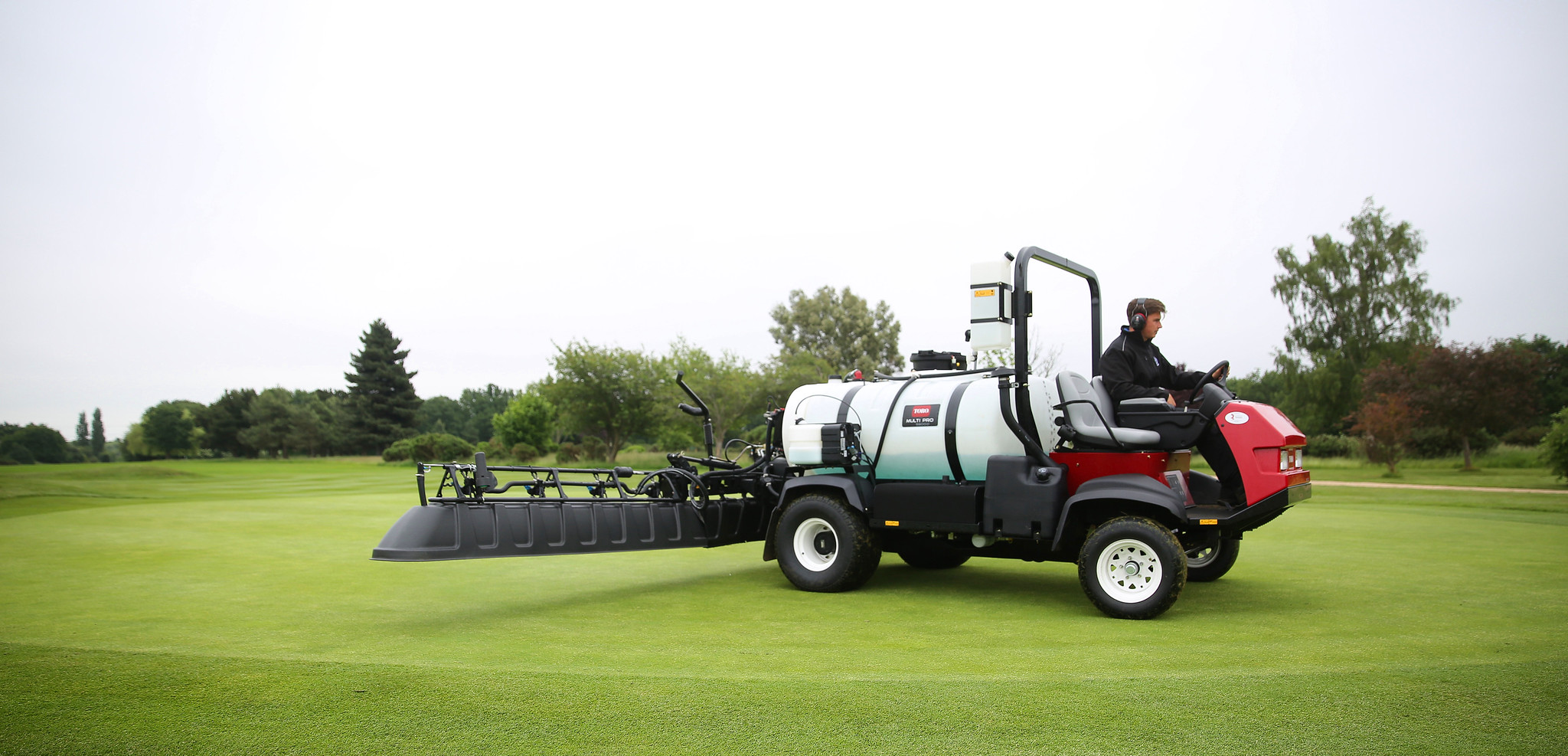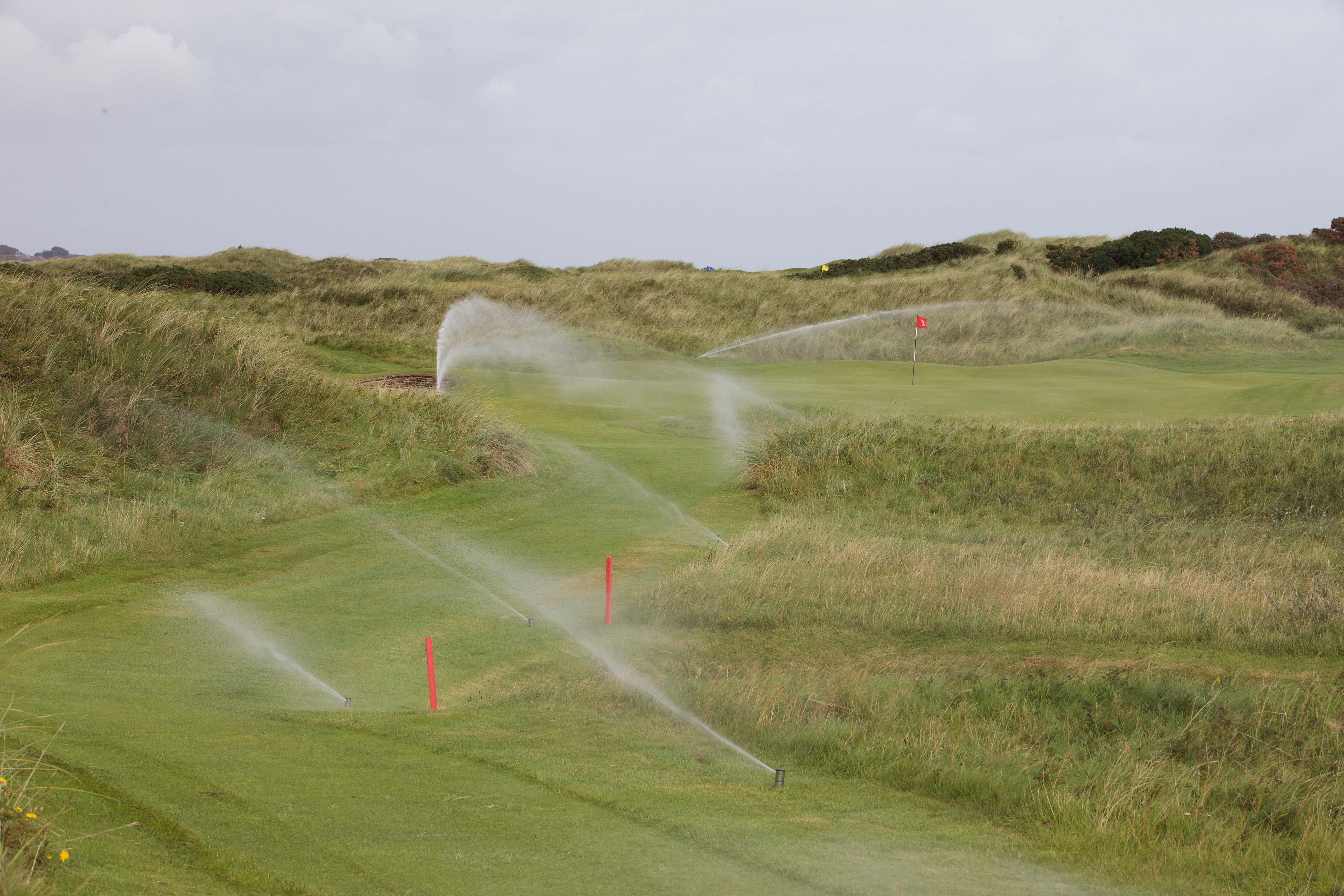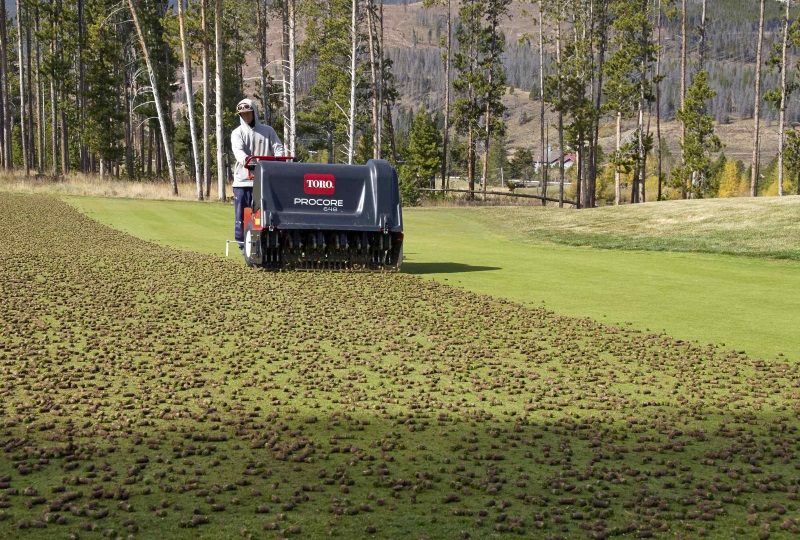- CONTACT US
- MOWERS
- VEHICLES
- APPLICATION
- Golf
- AERATORS
- VEHICLES
Total Cost of Ownership Explained
CONTENTS
FEATURED STORIES

Reesink Turfcare
Reading time: 12 minutes
Inside Total Cost of Ownership
Total cost of ownership (TCO) is a vital part of the decision-making process when looking to invest in a new machinery fleet, but certainly never before has the concept had such weight.
While forecasts, budgets and plans for 2020 have been thrown a huge curveball due to COVID-19, it doesn’t mean all plans for the year have to be shelved or put on hold. What it does mean however is that now more than ever, if you’re going to invest, make sure you invest wisely.
It’s undoubtedly true that you get what you pay for, but turf professionals are now learning that there’s actually a lot more that you get if you pay attention to the devil in the detail, or in some cases the angel in the detail.
With economic uncertainty as it is, it’s never been more important to make sure you consider more than just the purchase price. The equipment purchase price (net purchase or financed value) is important, but often no more than 35 percent as a cost component of the equipment’s operating life. It’s equally important to look for value with features that enhance performance (productivity), reliability (downtime) and durability (longevity for residual value), such as a high quality transmission, strong cutting frame and components, and large capacity cooling systems. These can impact other significant cost components over time.
Total cost of ownership provides a data driven perspective for determining the total economic value of an investment, in this case machinery. It includes the total cost of acquisition and operating costs, as well as costs related to replacement or upgrades at the end of the life cycle.
Lacking TCO information means that the decision to replace a large asset such as a £40,000 fairway mower can become more subjective than data guided. If the TCO is calculated at an appropriate level of detail, the information can guide informed decisions in procurement, maintenance, labour savings and energy management. When all management use the same cost data, they can cooperate in making better decisions that improve company performance and return on investment.
When it comes to machinery, the TCO of any physical asset should reflect investigation of three key segments:
• Acquisition cost [typically 30-35 percent]
• Depreciation [typically viewed as future residual value]
• Operating costs (fuel, maintenance, repairs and labour) [typically 55-60 percent]
Without this information any organisation will be inclined to focus on short-term cost rather than the overall investment over the equipment’s expected ‘life cycle’.
Acquisition
Acquisition cost includes the first cost or purchase price of an asset. Our data needs to include the cost of borrowing money to acquire equipment or lost interest from making a cash investment. An operating lease, for example, will reduce finance costs/interest paid by virtue of an agreed residual value being factored in, compared to another finance product. Equally, annual finance repayments are more interest efficient than monthly.
Inflation will impact most of the operating component costs, however, contract hire (leasing with an inbuilt service contract) is a tool that can remove or significantly impact inflationary pressures on maintenance costs, effectively fixing them for the same term as the borrowing for the equipment.
Depreciation
Depreciation is a big factor affecting the end of use value of your machines and the total cost to own them over time. No one would want to invest money and decide to sell or change after a few years and find they owe more money than the machine is worth.
Understanding the rate of depreciation is important, but no more so than understanding a good residual value is worth its weight in gold within the component costs of TCO. Getting a ‘return’ for your equipment significantly impacts the total cost of ownership. New technology can sometimes adversely affect the residual values of older models, as can the discontinuation of a specific model. It can be affected by OEM reputation, model reputation and the popularity of units in the field, together with long-term availability of parts and service.
An operating lease can be a useful tool to lock in the residual value and remove the risk element, but conditions of return will apply. The fundamentals are, look after the equipment, maintain it, look after its visual condition, and do not keep so long as to rack up excessive use (hours) which will affect its residual much as mileage does in a car.
Operating costs
- Maintenance
Maintenance recording should include all repair and servicing costs, labour, fluids, parts and environmental disposal. A robust, preventative maintenance regime will reduce and/or prevent unnecessary, costly and unexpected breakdowns. A proactive cleaning and greasing regime will protect the residual value of the investment and reduce overall service costs while prompt operator action to indicators such as noise, smell and vibration changes can save money through early intervention. Clean air and oil are the fundamentals to long engine life and reliability, in a similar way to cleanliness, good quality oil and controlled operating temperatures are key to hydraulic system reliability.
It is surprising how the areas of maintenance that generate service time or bills are relatively easily avoided, such as lack of greasing, contaminated fuel or oil and blocked radiators or oil coolers.
- Downtime
Arguably the most important consideration. There’s nothing more frustrating than a machine out of action after all. Downtime costs money and time is money.
Downtime is basically a record of the cost of lost operator hours, lost income (if applicable) and replacement equipment hire costs. When recorded accurately it helps to support an ‘instinct’ that equipment is unreliable and ‘costing’ money. It can also support a considered decision to change equipment before its planned time.
There is a direct correlation with maintenance practices preventative maintenance reduces downtime. An aging or poorly maintained equipment fleet is likely to generate unwelcome repair costs and spiralling downtime creating additional difficulty in controlling maintenance budgets.
- Fuel
Fuel consumption is a significant component which can be up to 15 percent of the TCO. It’s determined by engine efficiency and the mower’s horsepower demand.
Horsepower demand is dictated by the equipment’s design and the mowing conditions. The height, density and moisture content of grass and mowing frequency must all be taken into consideration and different heights of cut will require different amounts of fuel. In simple terms, the heavier or more extreme the conditions the more fuel used. Plus, fuel consumption is dependent on the type of mower – cylinder mowers, for example, will generally require 50 percent less horsepower of rotaries, per inch of cut. Air-cooled engines will consume 15–30 percent more fuel than liquid cooled engines, per horsepower per hour, while liquid cooled diesel engines can be 20 percent more fuel efficient than petrol alternatives.
New and emerging power technologies can make a big impact. Hybrid and alternative energy technologies can save a further 20–25 percent over diesel. The Toro eTriFlex 3360 hybrid greens mower provides up to 20 percent fuel savings over comparable triplex mowers, and the Toro eTriFlex 3370 all-electric eliminates the need for a liquid fuel source altogether.
Maintenance will also come into play and affect the amount of fuel used. Dull, blunt or poorly adjusted cutting blades will increase horsepower demand and fuel consumption, as will items like blocked hydraulic oil coolers.
- Labour
Labour is a largest cost input. When you take into consideration the hourly cost of labour, pay, pension, other social costs and training investments. Key is to ensure the operators are well trained on their equipment, comfortable and find it easy and intuitive to use. Factors that contribute to productivity, which is the key return on your team investment. Where mowing is concerned, productivity drives down the per hour or per acre/hectare costs, making labour more efficient.
In assessing total application costs, such as mowing, over the life, it’s possible to determine a ‘per hour’ cost. By recording all the TCO cost areas and dividing these by the equipment's actual operating hours. Cost per hour is useful and easy to determine but doesn’t reflect differences in machinery productivity or between different sizes, types or prices of equipment. A cost per acre, hectare or identified site can be preferable, by simply dividing the established hourly costs by area cut per hour. Of course, in some finer turf applications, productivity will have to be balanced with specific presentation requirements and standards.
By robust record keeping it’s possible to confirm the balancing of investment, component costs and residual value. It’s simple enough to do using technology – Toro’s web-based asset management system, MyTurf Pro for example, which gives turf managers the capability to monitor fleet health, order parts and schedule service activities, helping to improve staff efficiency, lengthen the life of equipment and reduce overall maintenance costs. Without that you can record the data on a spreadsheet – if you can measure you can manage!
As mentioned, it’s important to buy machinery that’s proved to be reliable and built to last. Look for features and benefits that will enable your team to do more with that machine. Does the machine allow for easier servicing – providing ease of access, simplicity and visibility? Can quality components be evidenced to aid maintenance and limit downtime? Will it allow you to go longer between servicing? Does it have features that will make it more cost effective to run? Enhanced fuel efficiency for example, or hybrid technology.
We can see and already understand that the lowest cost of ownership is achieved through the purchase of productive, good quality equipment, supported by a robust preventative maintenance and repair regime which protects the machines’ performance and integrity. In addition, it is accepted that a well-trained and attentive operating team will also impact on running costs by catching things early, so dealing with them at the most cost-effective point.
But by focusing and drilling on each component of contributory cost and recording that data, it’s possible to further drive the return on investment and control unexpected costs. This will put the equipment manager in charge of the powerful data and in a strong position to achieve the best residual values when the product is replaced and keep a handle on maintenance costs by replacing at the optimum moment for change.
In considering the replacement life of modern turf equipment and the maintenance costs and requirements associated with that equipment, an interesting theoretical comparison can be made between the operating characteristics of a professional mowing machine engine and that fitted to a modern car, a comparison that pops up from a price perspective from time to time.
A typical turf machinery engine runs at a governed speed of 2800rpm, while a modern car running at 2800rpm can easily equal a travelling speed of 80mph or even significantly more. Therefore, theoretically, every 100 hours of full throttle operation on a turf machine engine could be considered to equal 8000 car miles (100 hours x 80mph).
A car engine operates at about a 20 percent duty cycle (full power only 20 percent of the running time on average), trucks operate at about 50 percent duty cycle. Turf machinery engines on the other hand run at about 70 percent duty cycle, so the turf engine duty cycle is up to three to four times as demanding as a car.
Compared to a car, the turf engine and its oil has done almost four times the work! That’s equivalent to 24,000-32,000 car miles based on the theoretical 100 hours. That could mean that considering the increased load on the engine, a typical 450 hour season for the turf equipment is equivalent notionally to around 100,000 miles.
A typical wide area five-unit cylinder mower, such as a Toro Reelmaster 5610-D would have an engine size of approximately 43hp. If the engine were governed at a maximum engine speed of 3000rpm, in 100 hours of operation time the engine would have approximately consumed over 5,500,000 litres of air and completed around 18,000,000 crankshaft revolutions.
Hypothetical and theoretical comparisons can be entertaining, but in these times it’s more important than ever for the owner and operator of commercial turf equipment to ensure their pound delivers. This can be honed by taking the emotion out of the decision and relying more on gathered and projected the data in order to make an informed choice. Now is not the time to be governed by what you’ve always bought, the industry must work together, sharing its knowledge, to understand the issues customers will face in these new times and meet the challenge to lower the total cost of ownership.
Reesink is available to explain how TCO can be applied to your fleet or talk through other ownership or operating problems to help you solve them. There are always flexible finance deals available with deferred start dates, subsidised rates or that can be aligned to peak income months to help manage cashflow. It only takes a conversation. Make contact by phone on 01480 226800 or by email at info@reesinkturfcare.co.uk.
July 2020
Reesink UK LTD | 1-3 Station Road, St Neots PE19 1QF | Registered in England
Reesink UK LTD is authorised and regulated by the Financial Conduct Authority.

